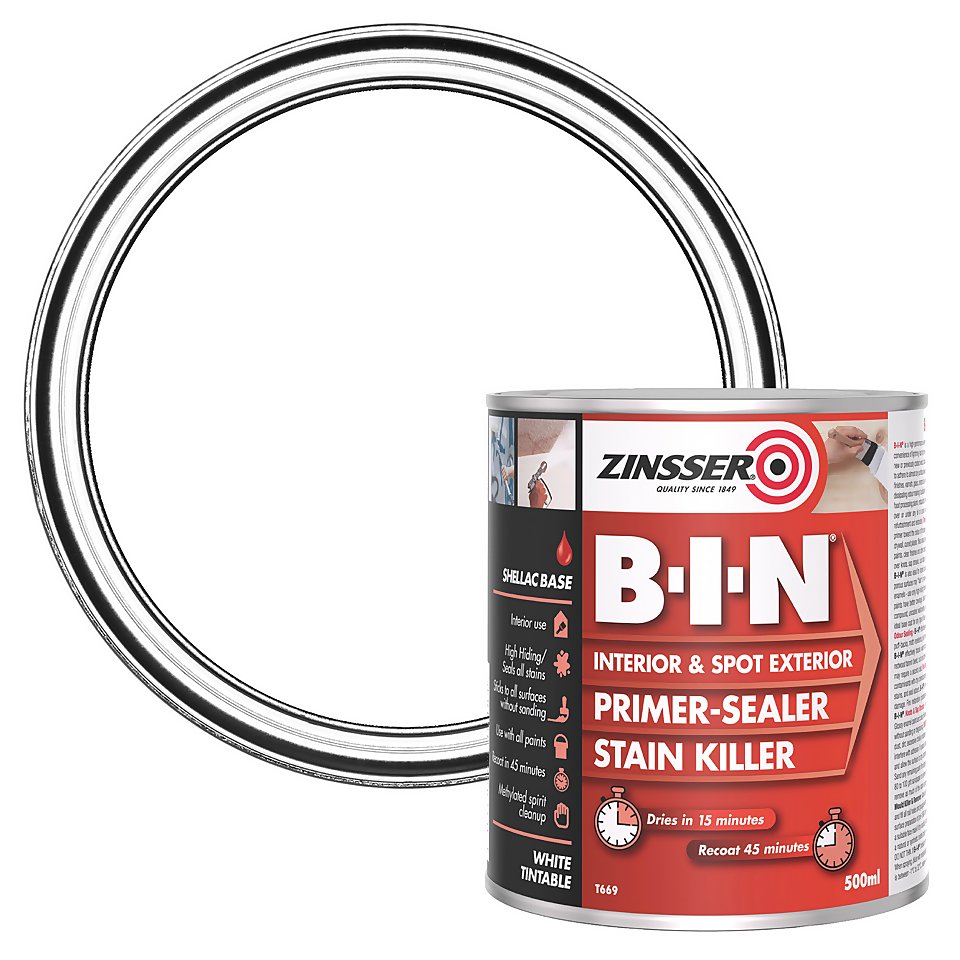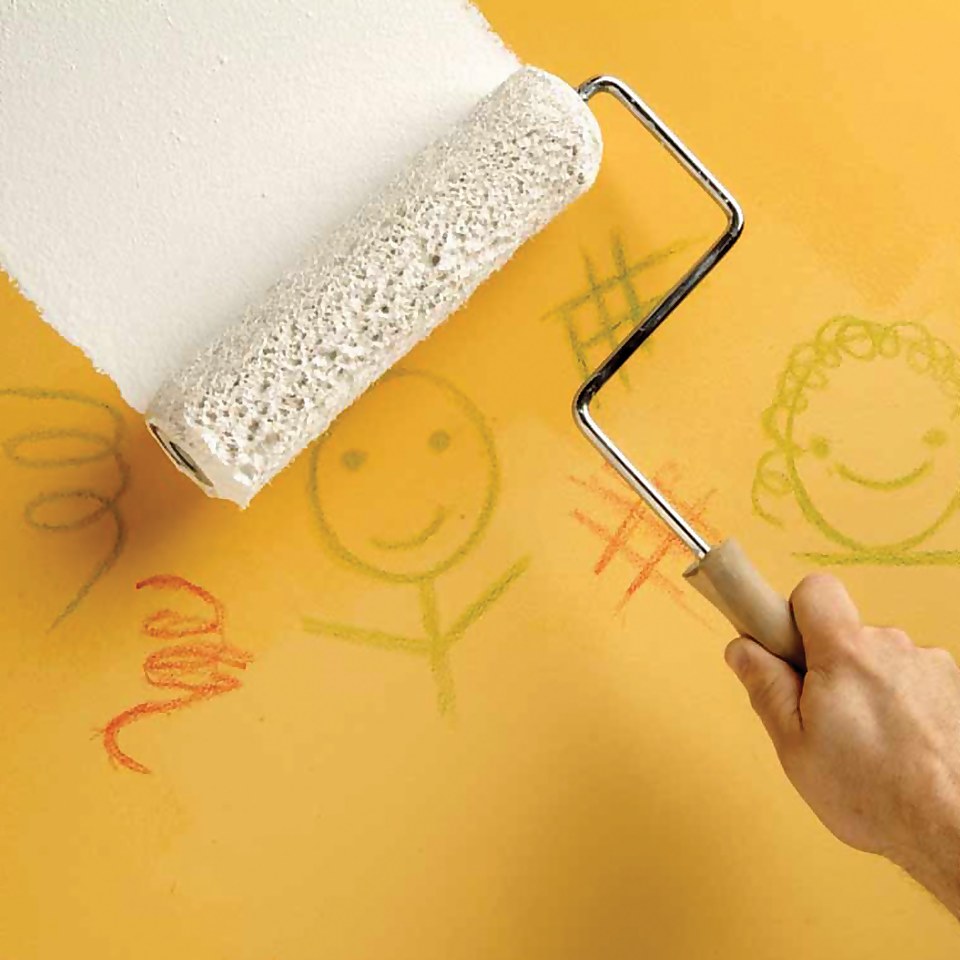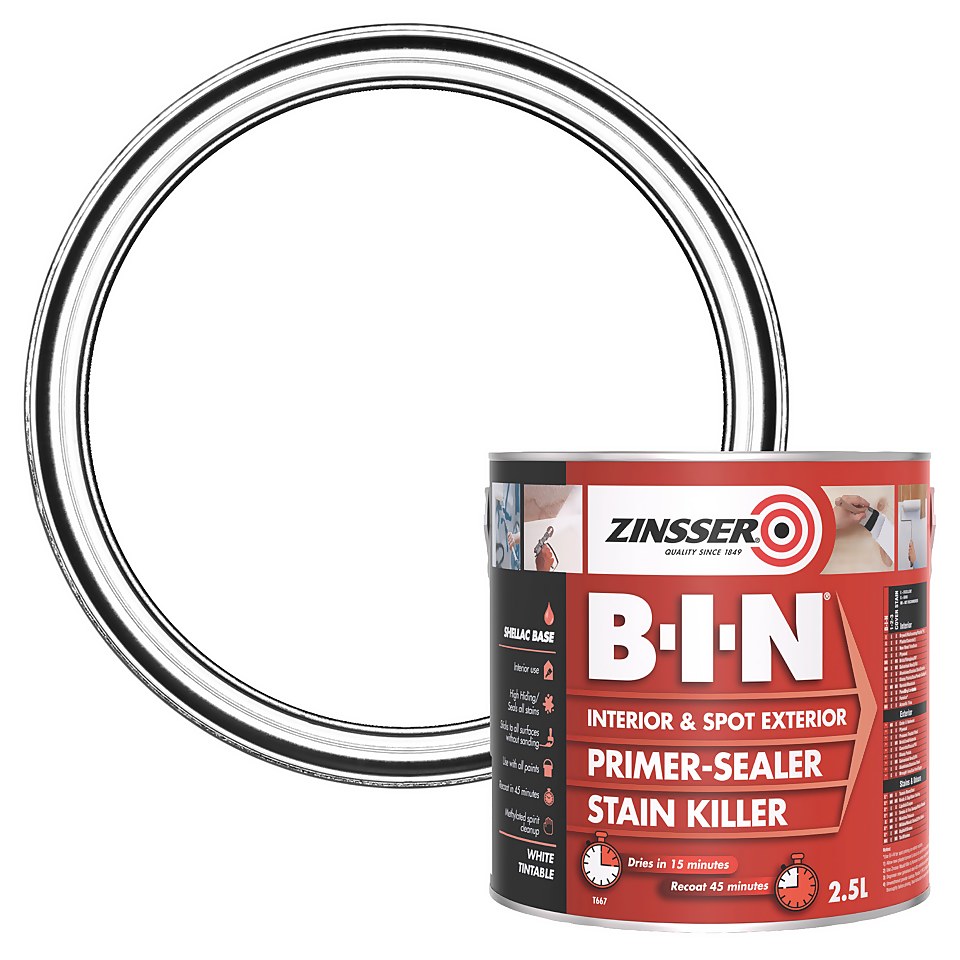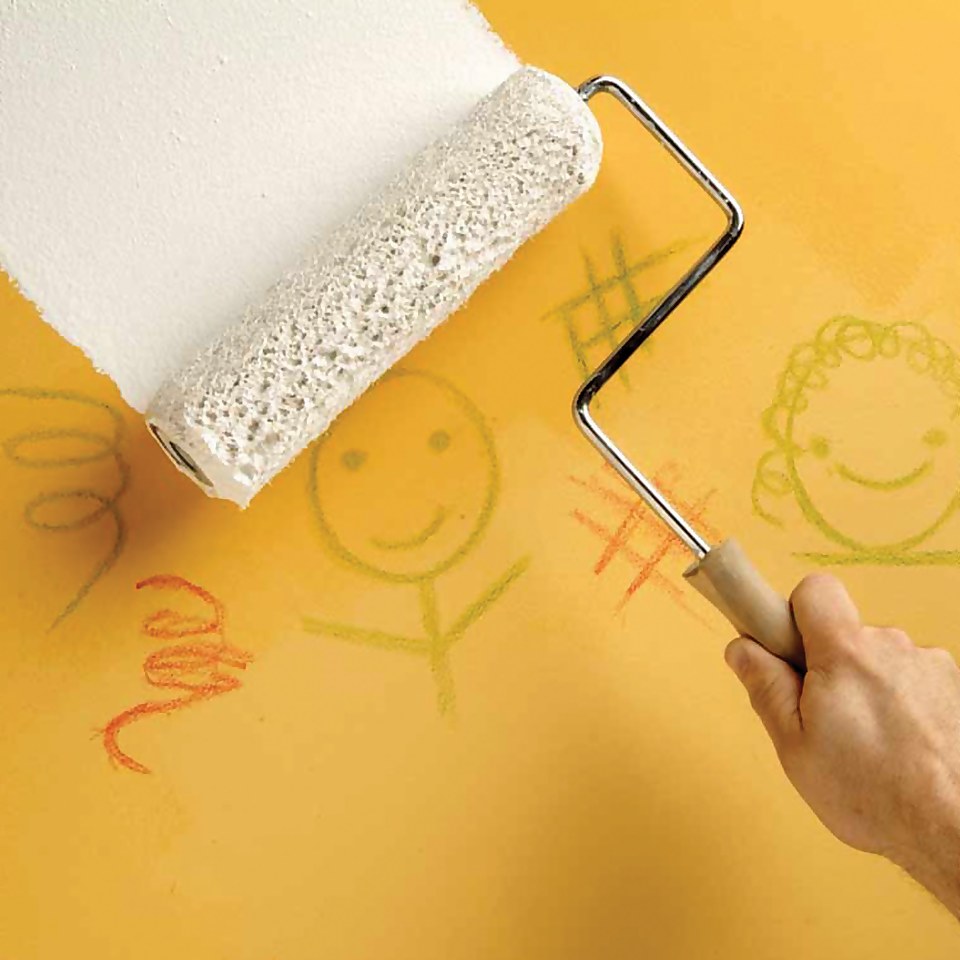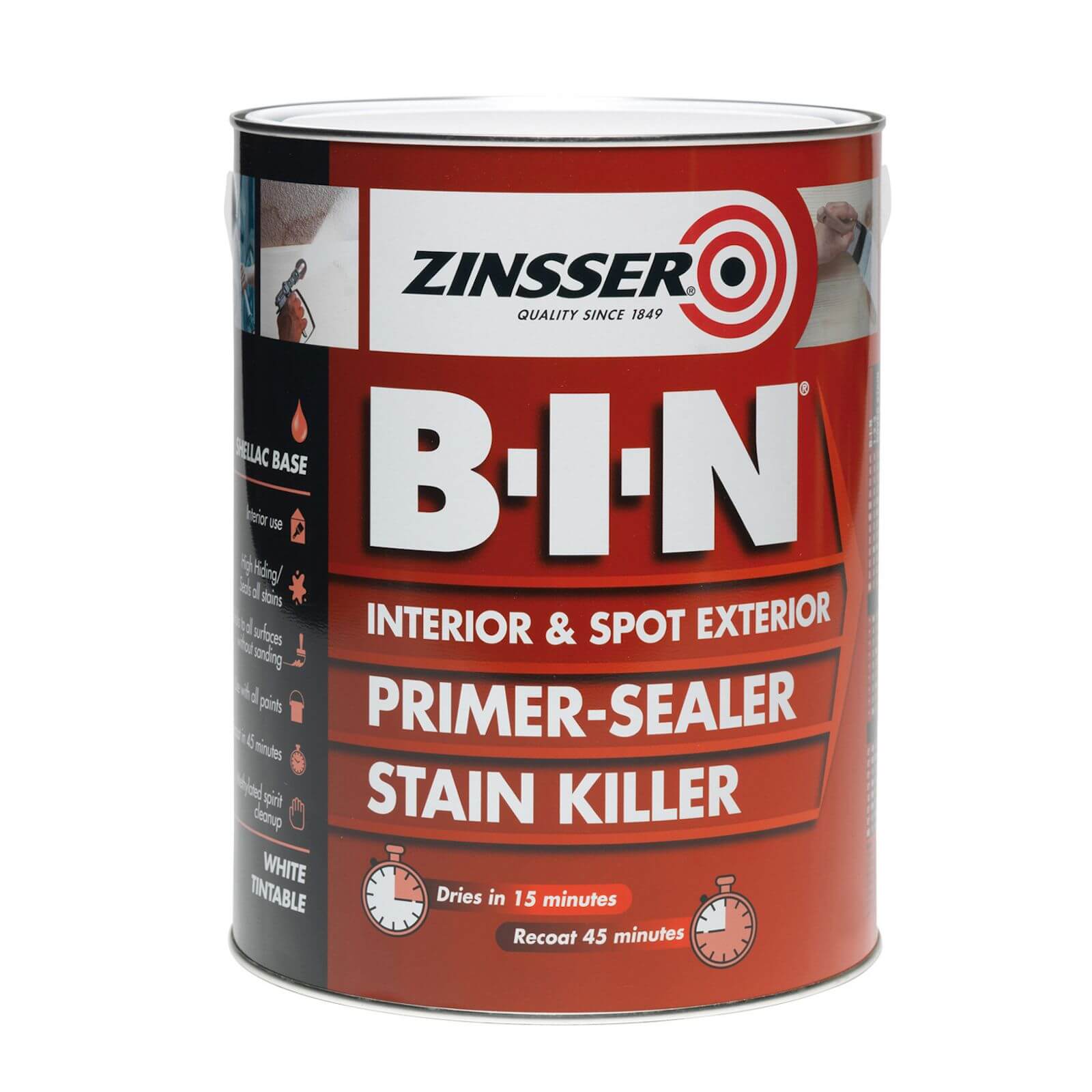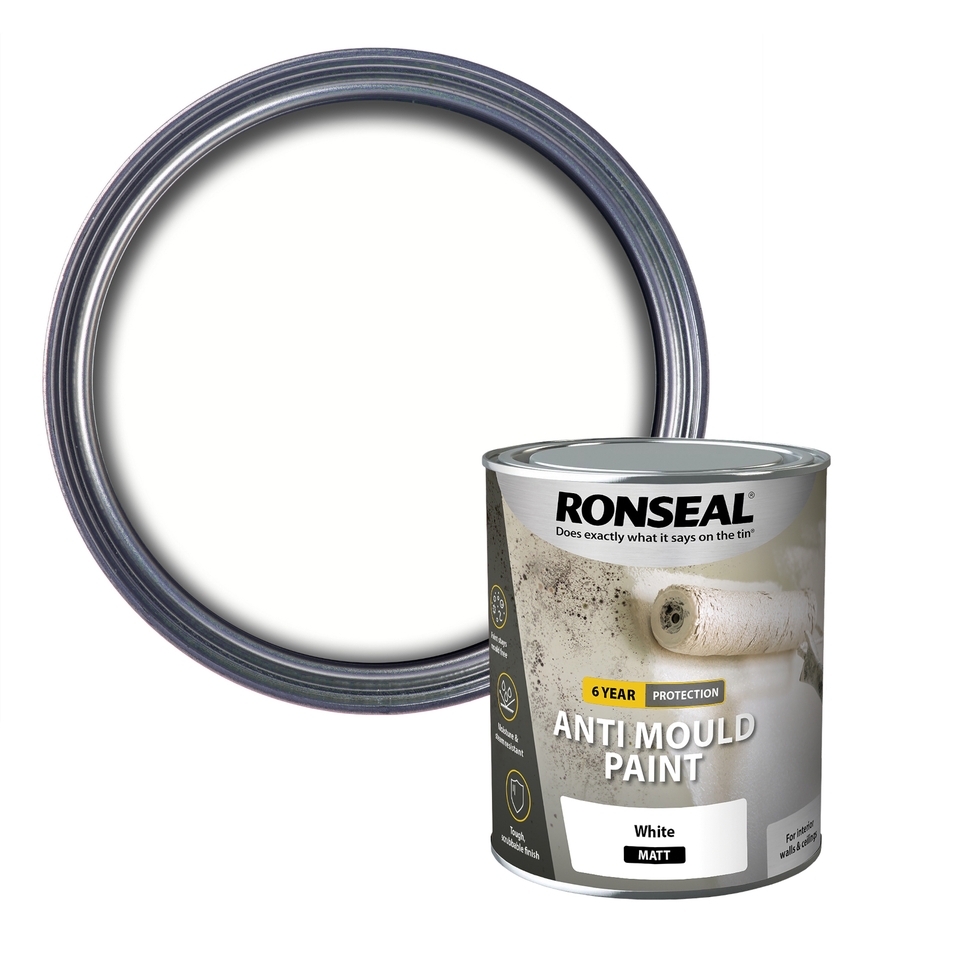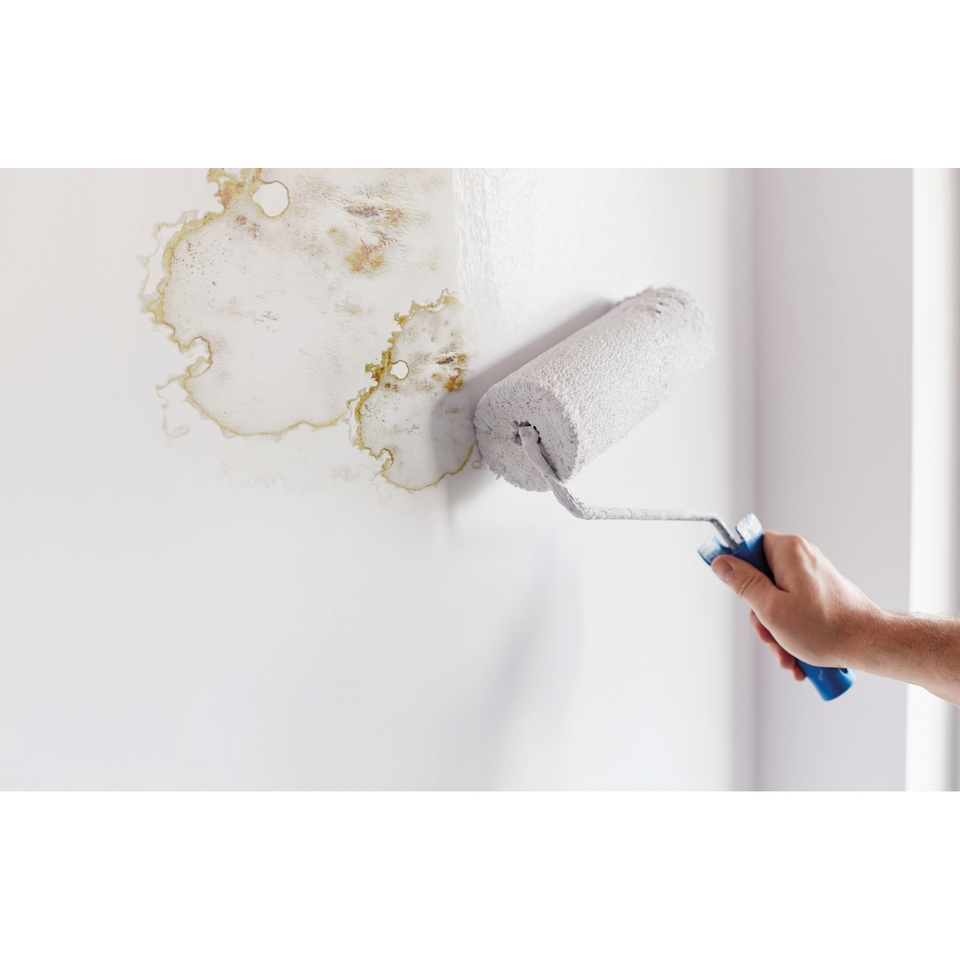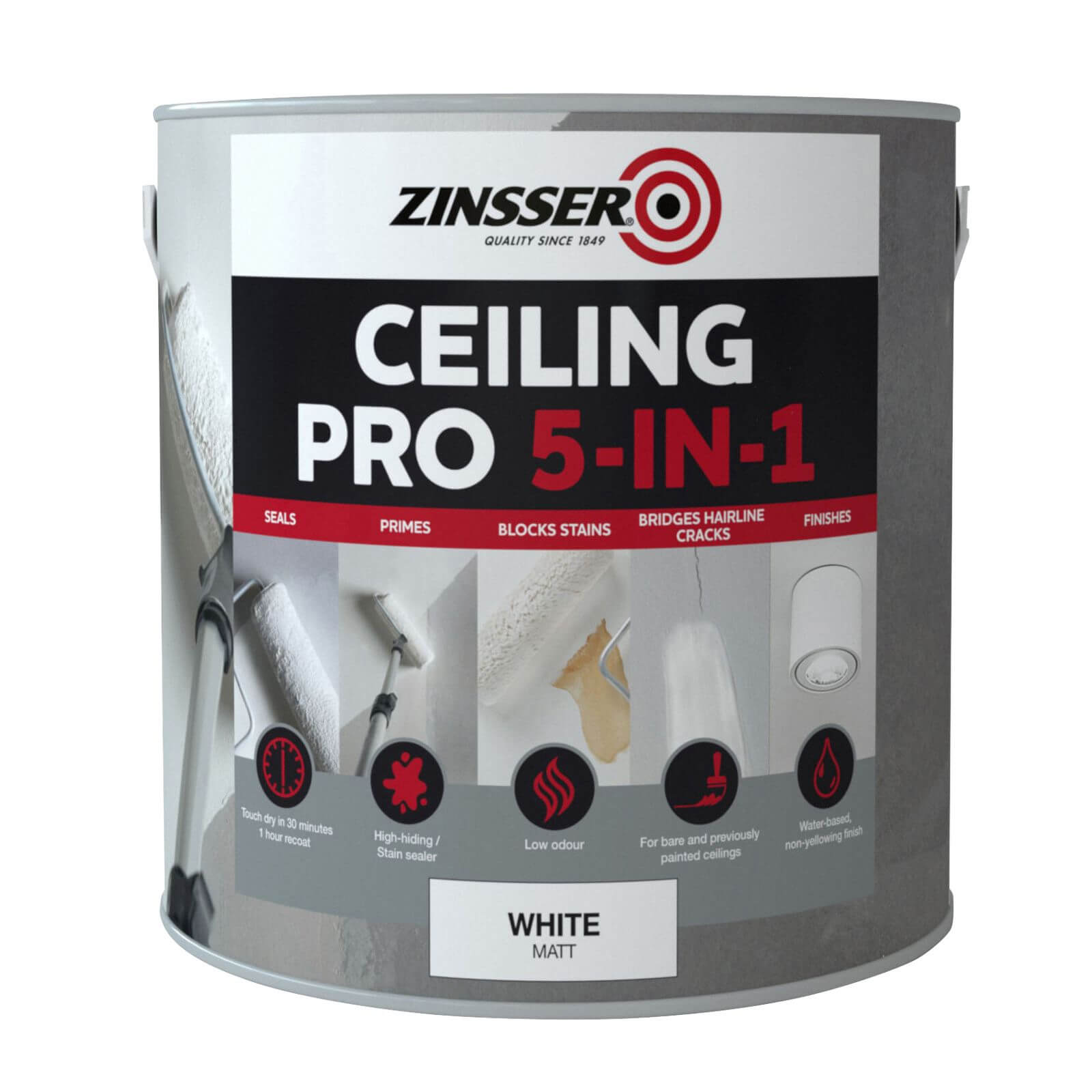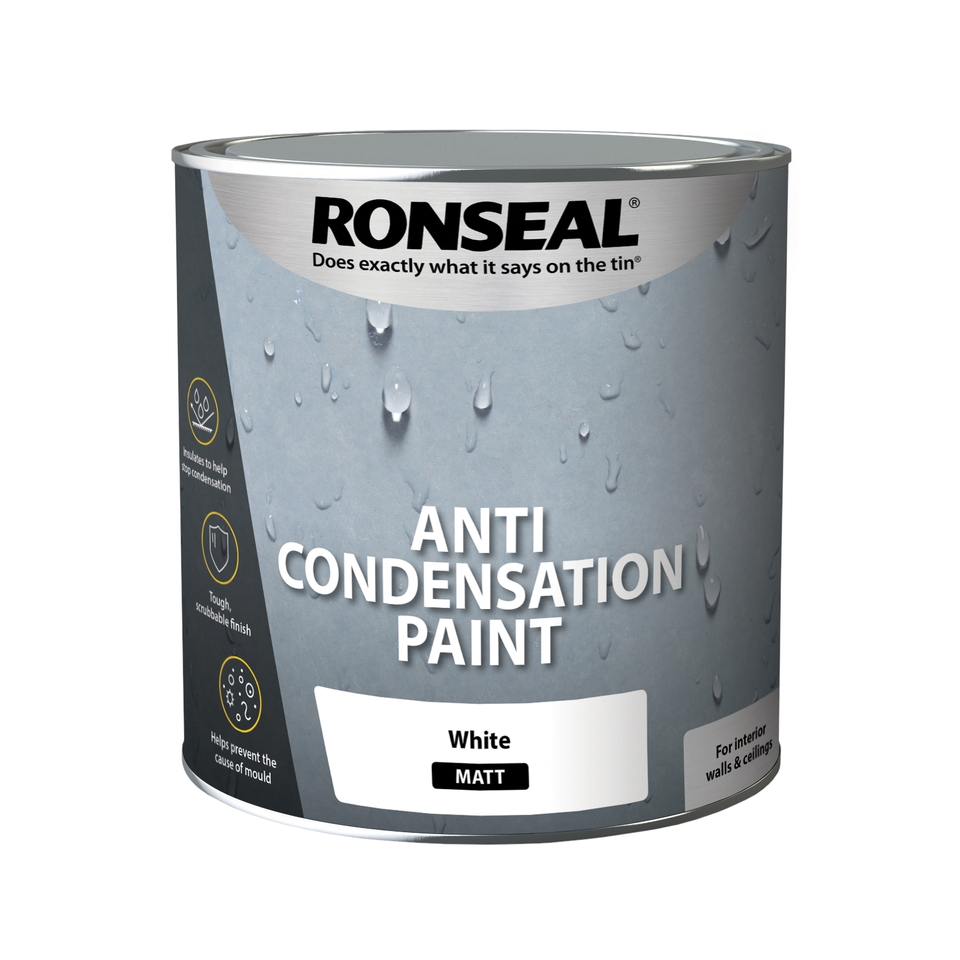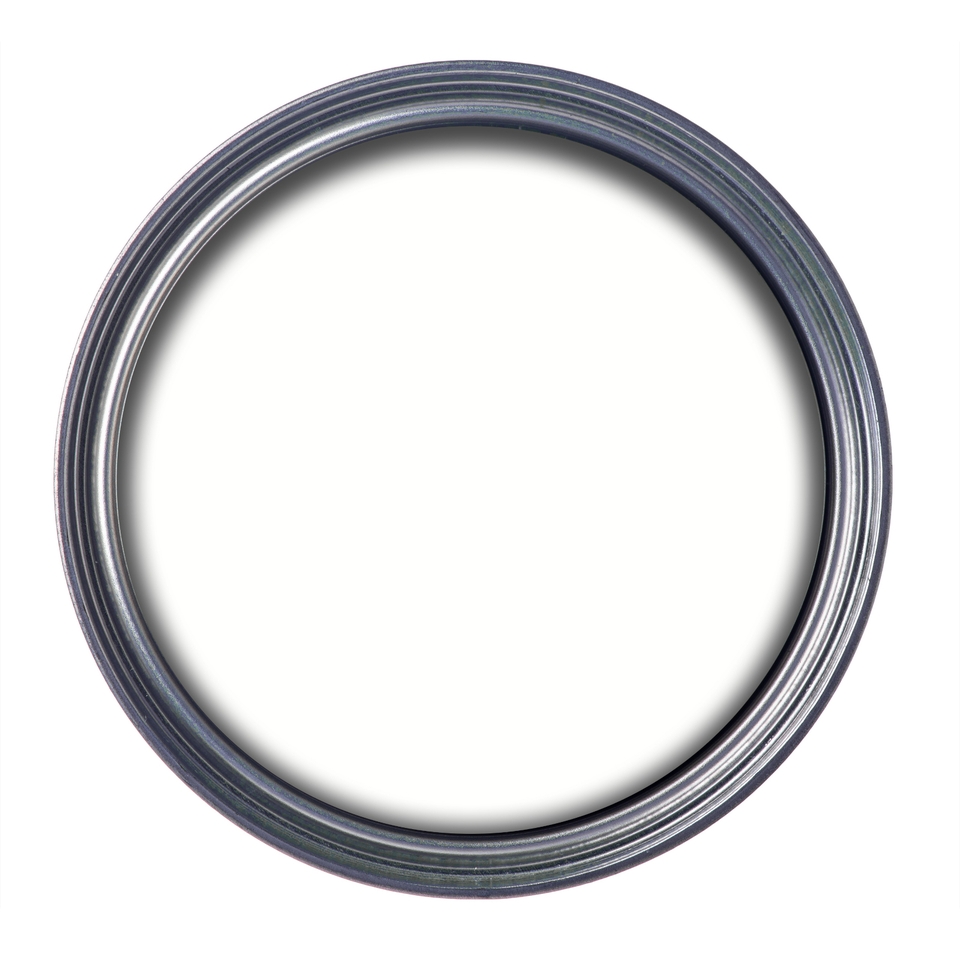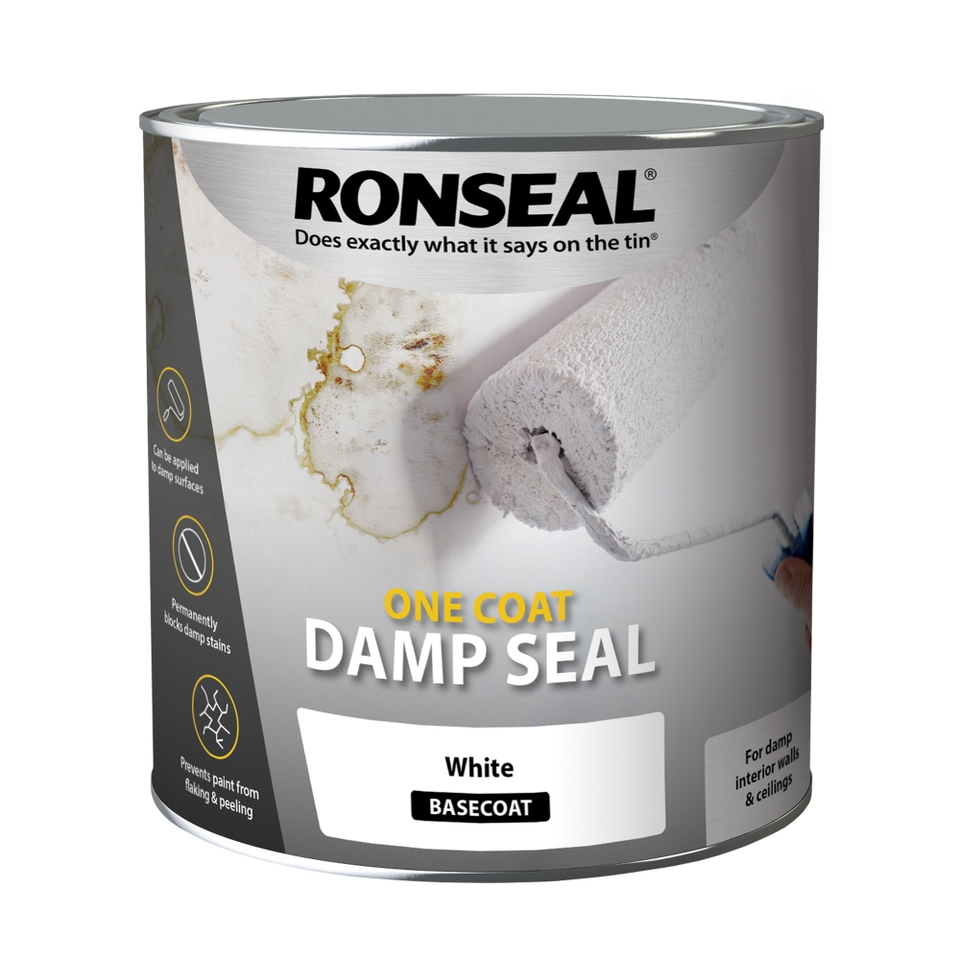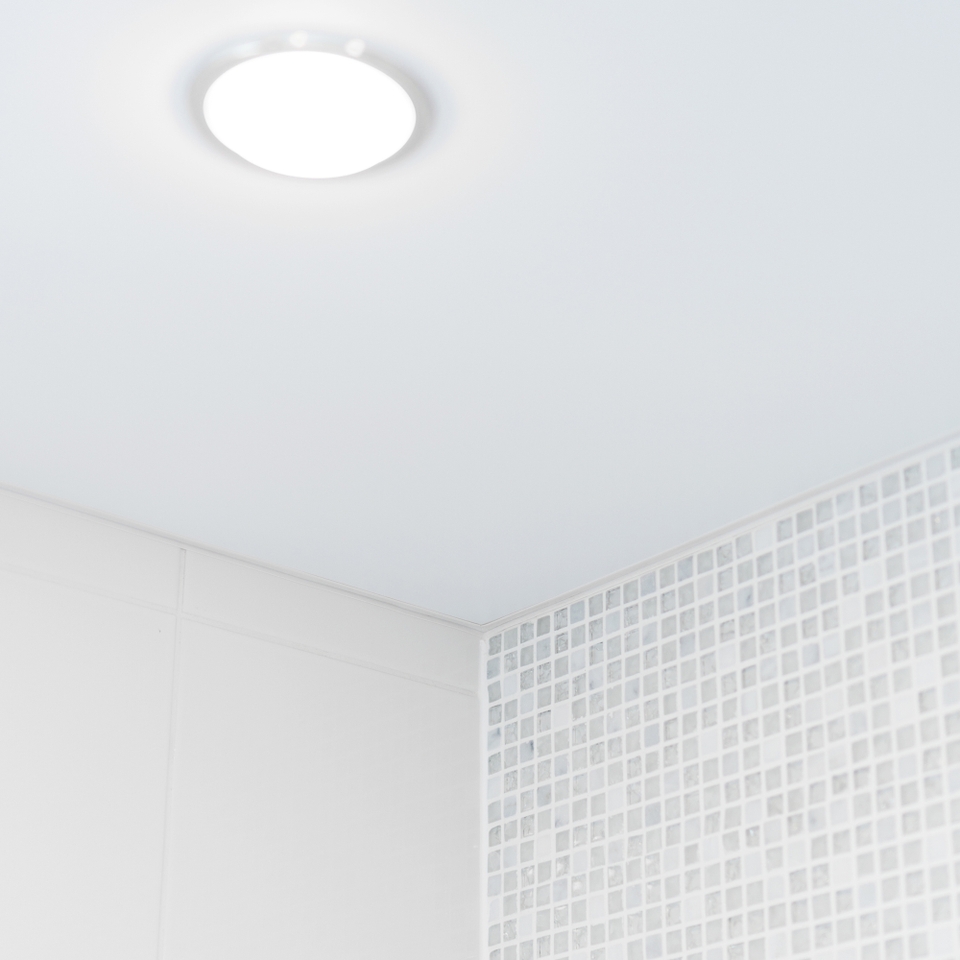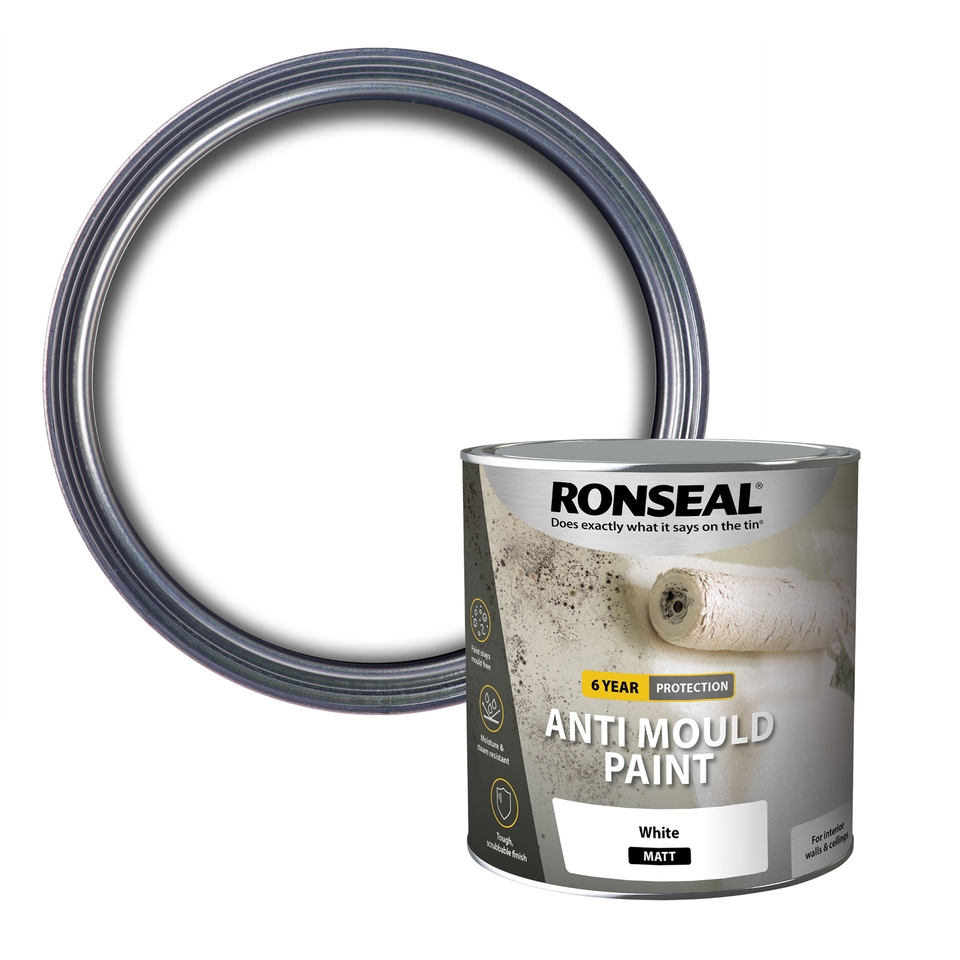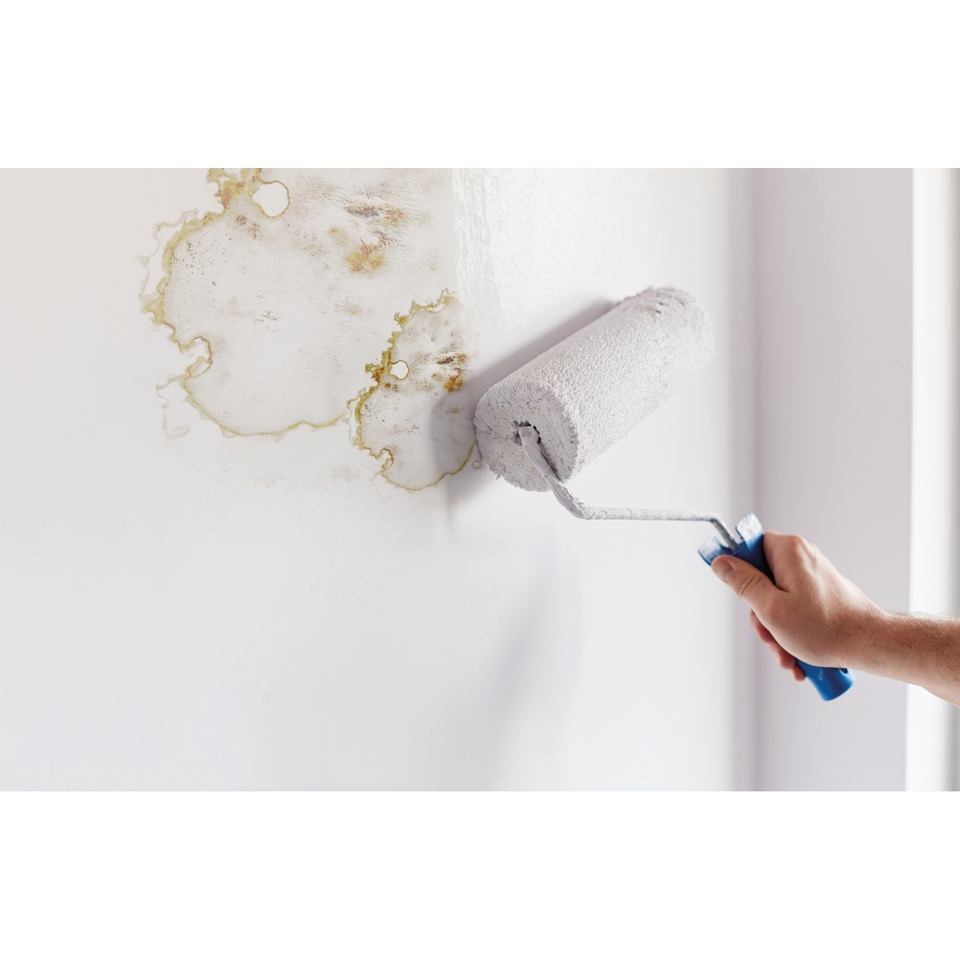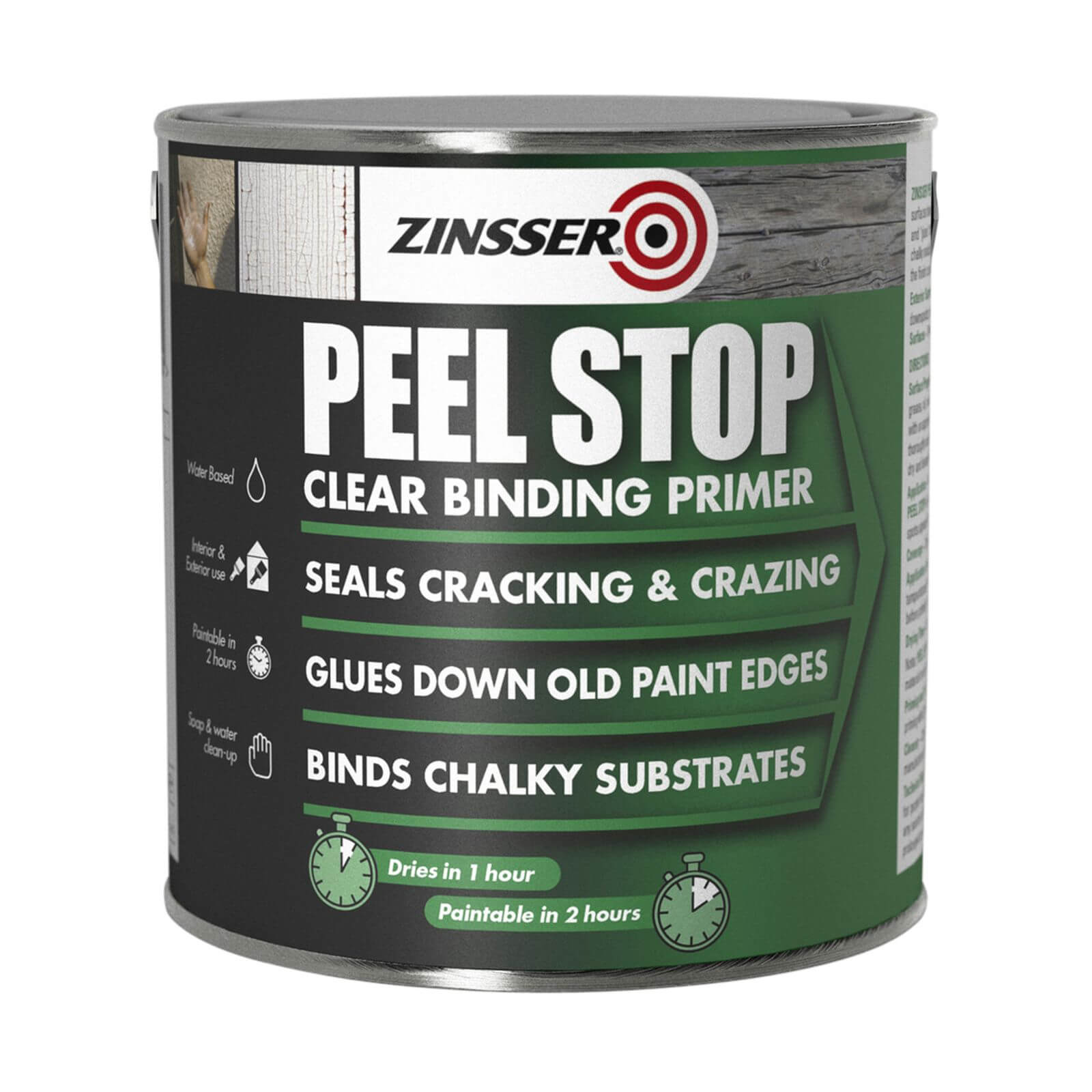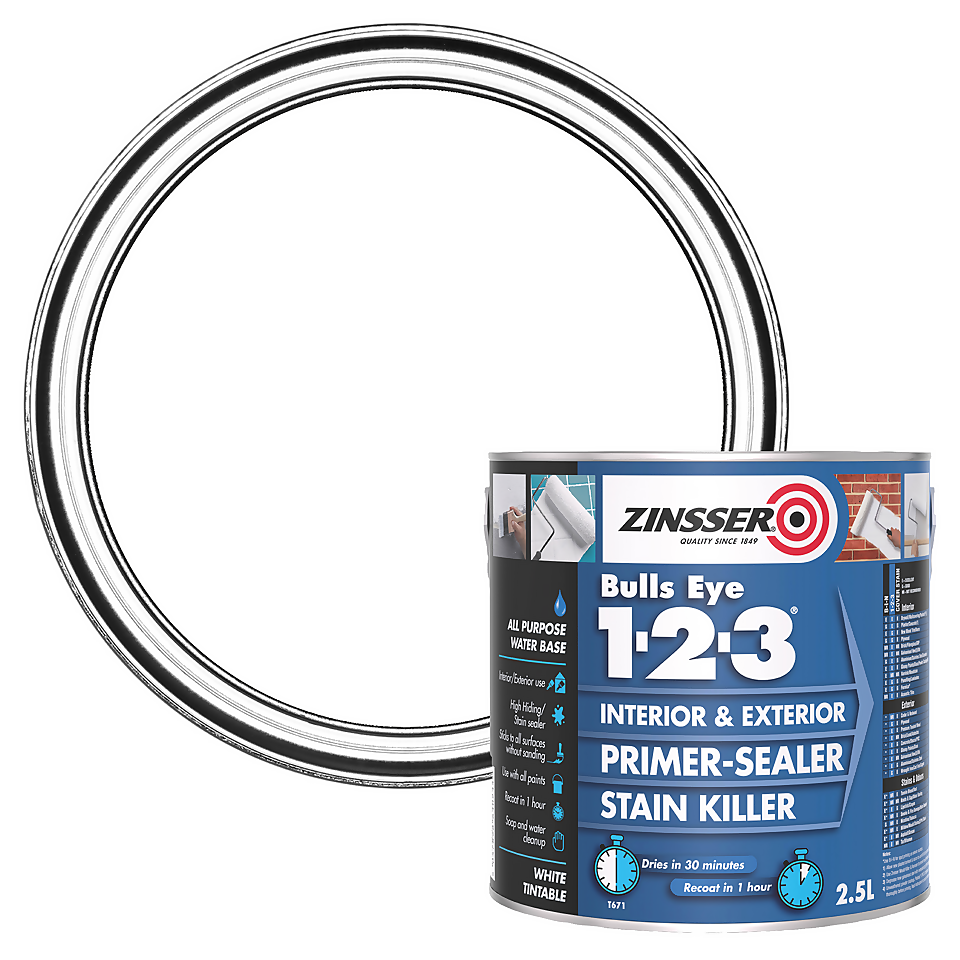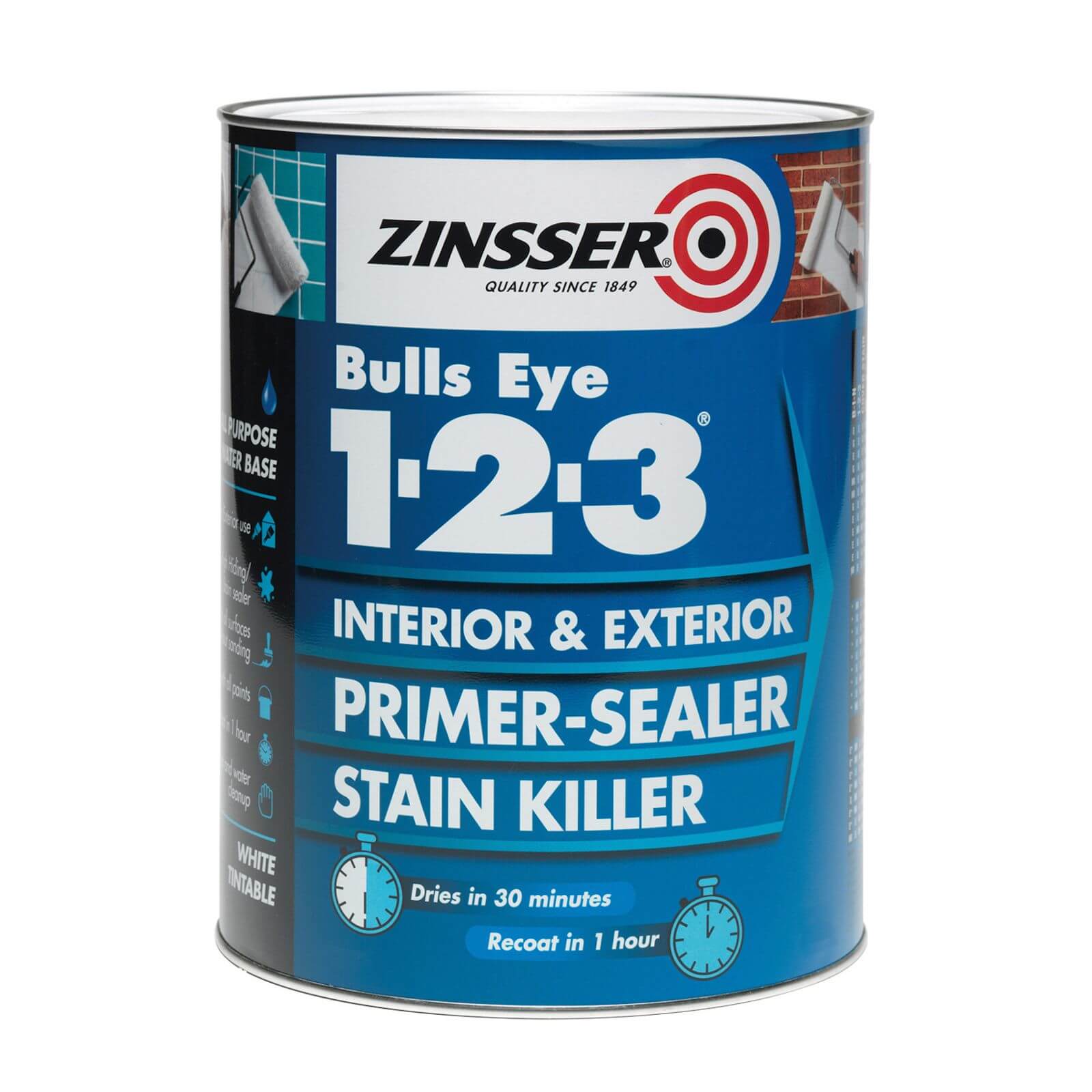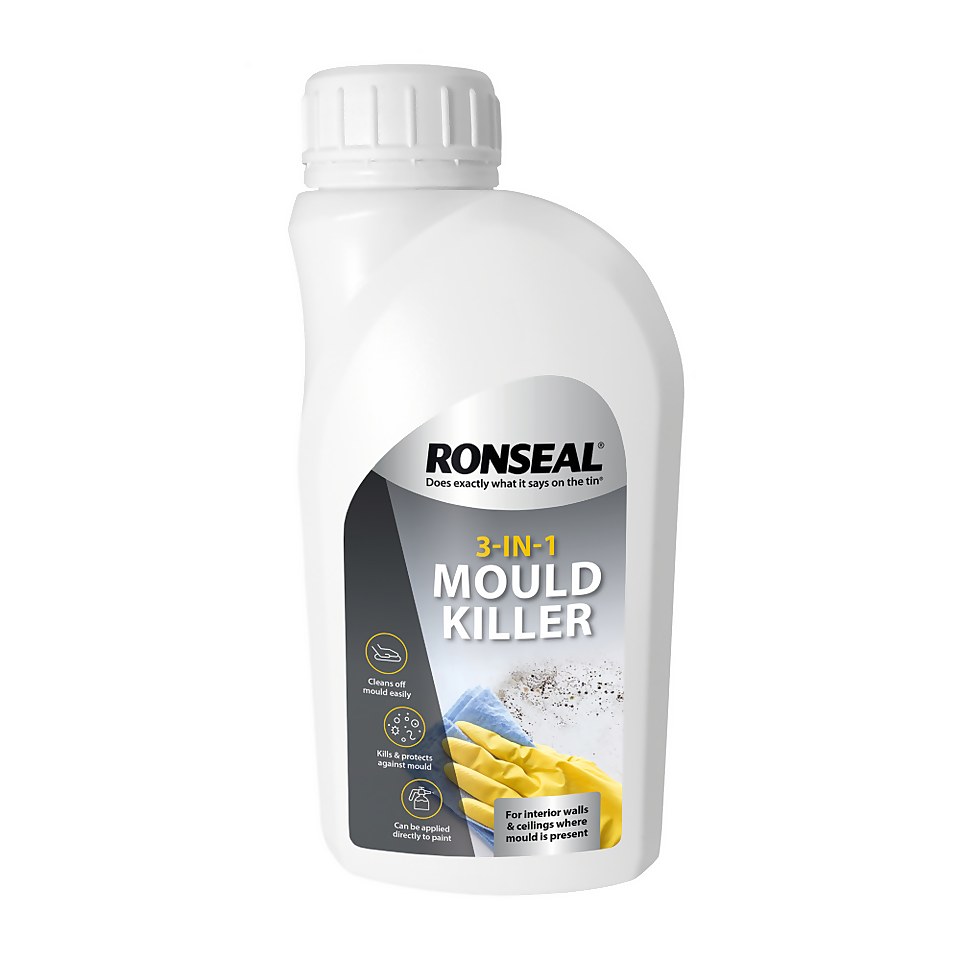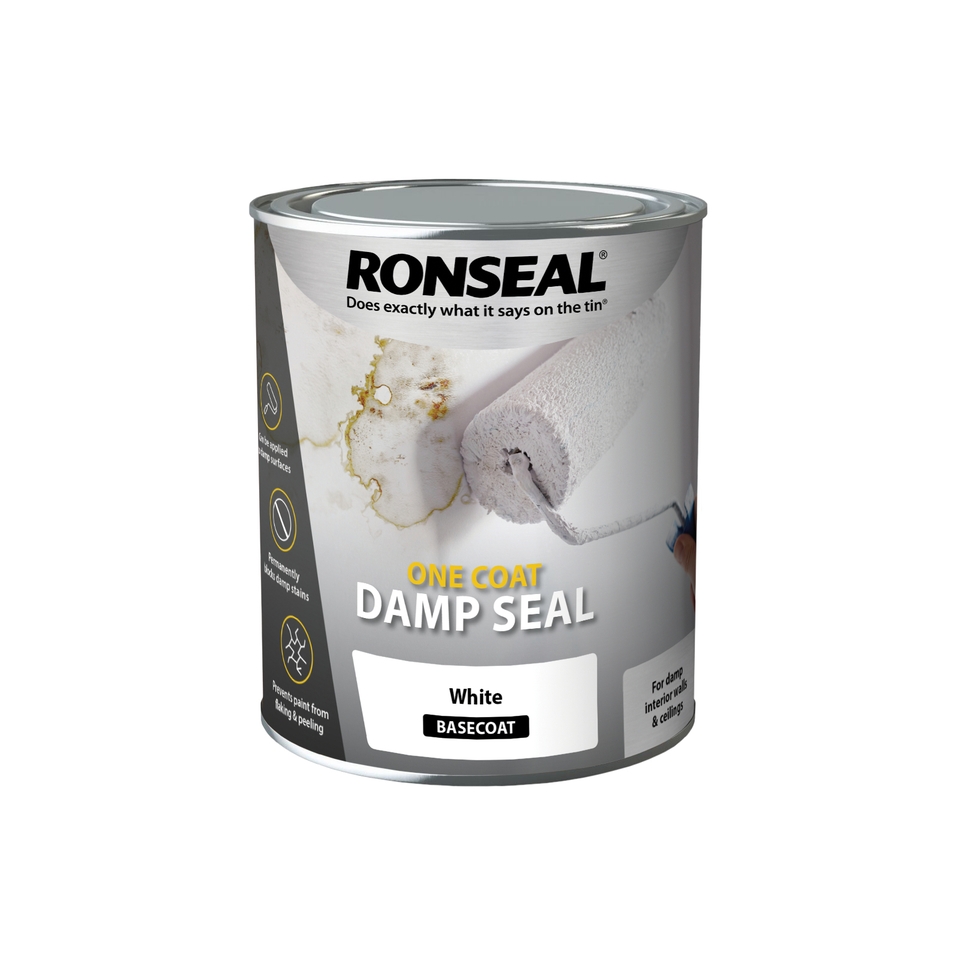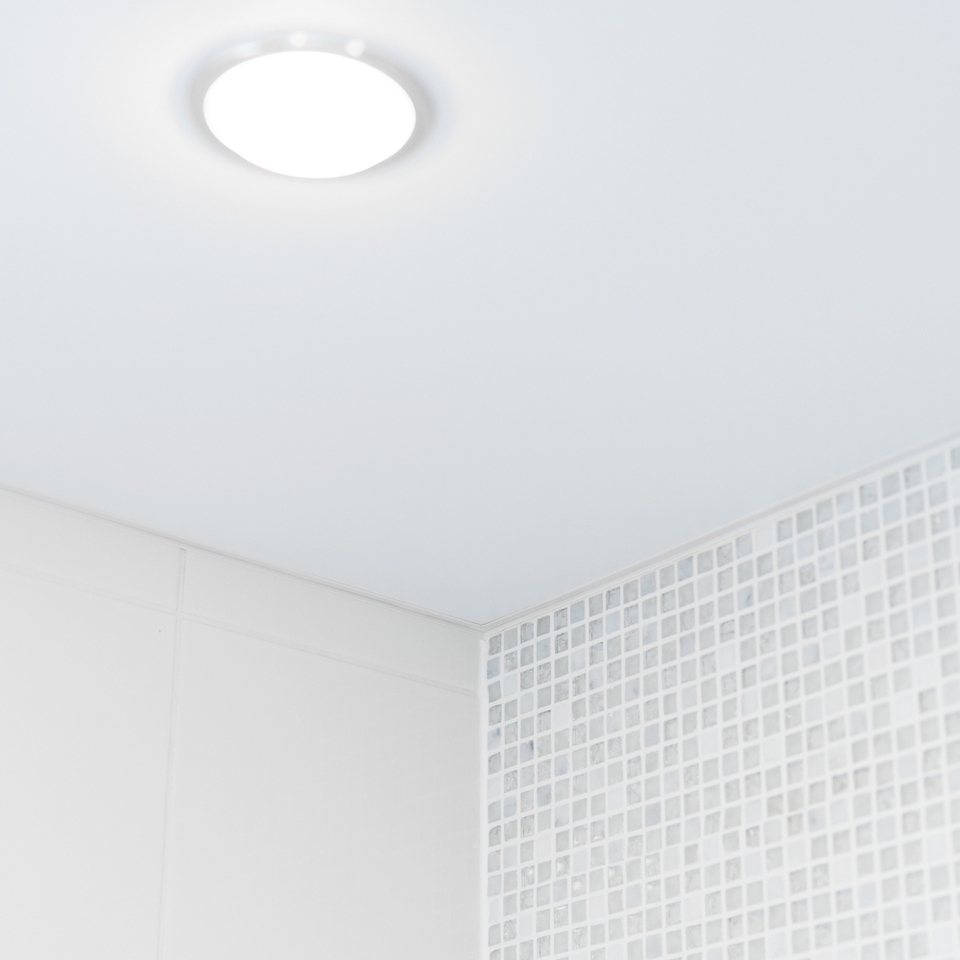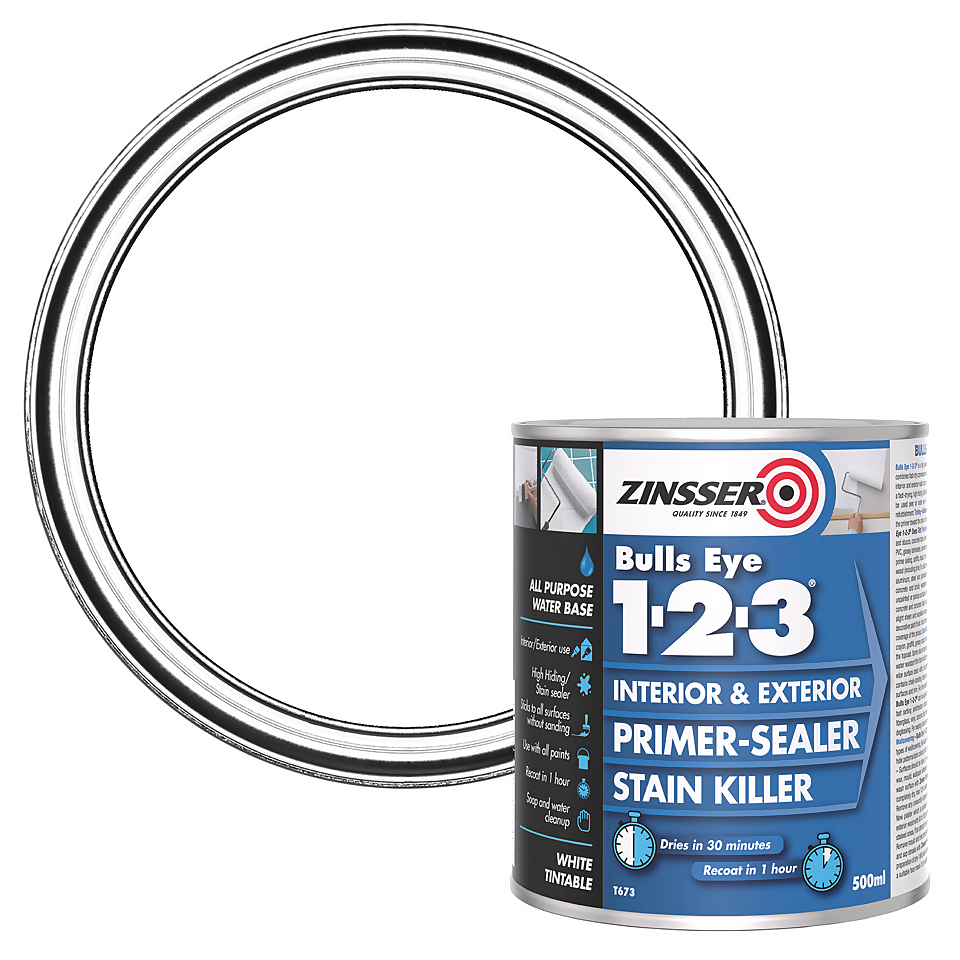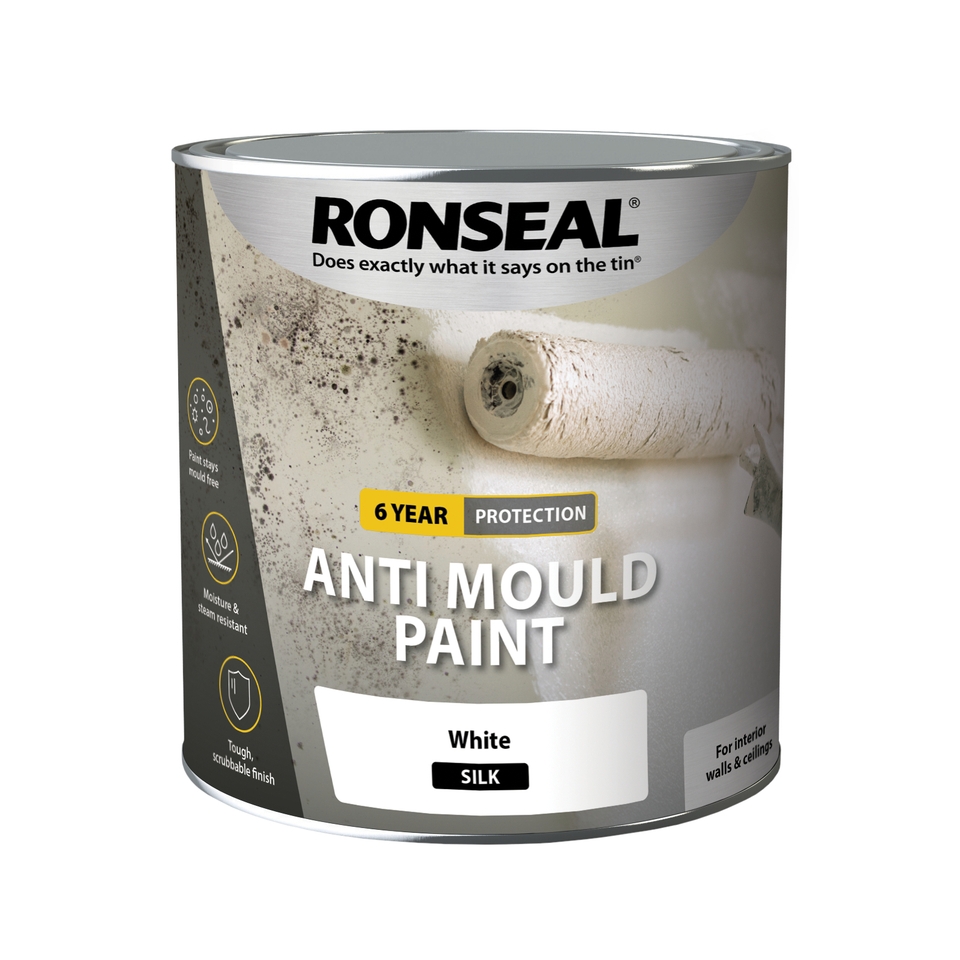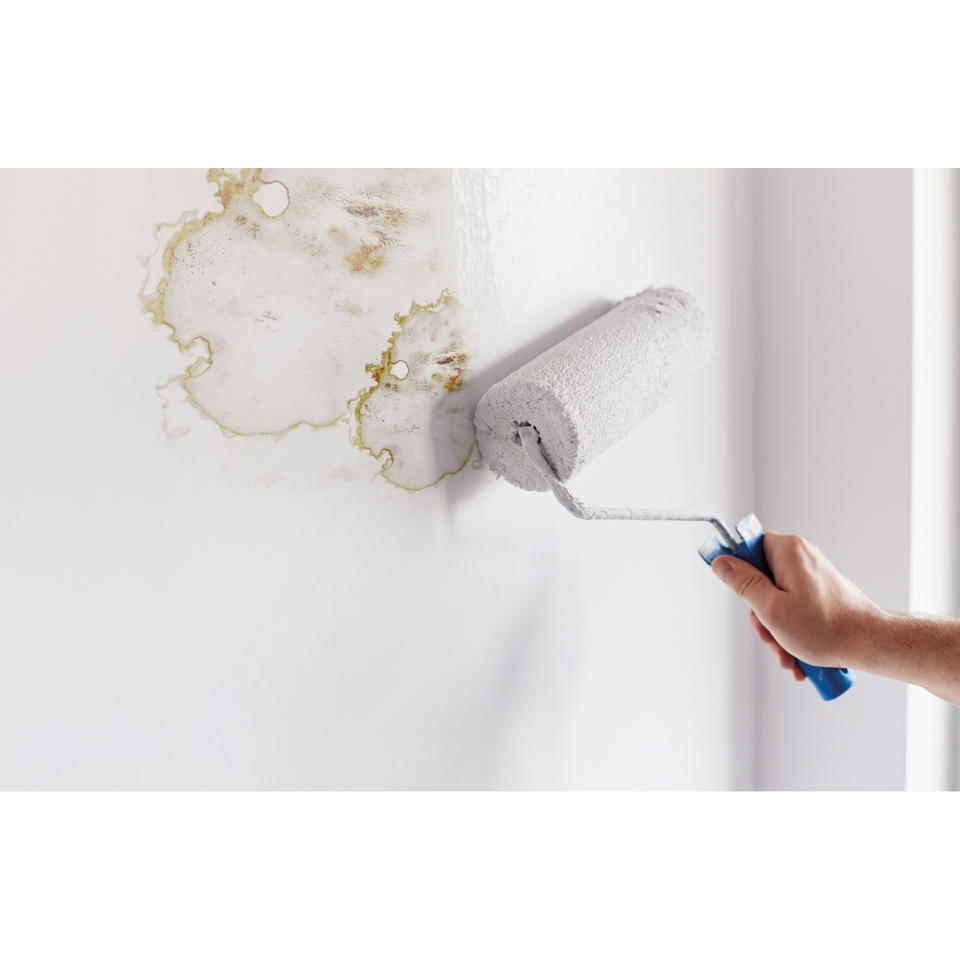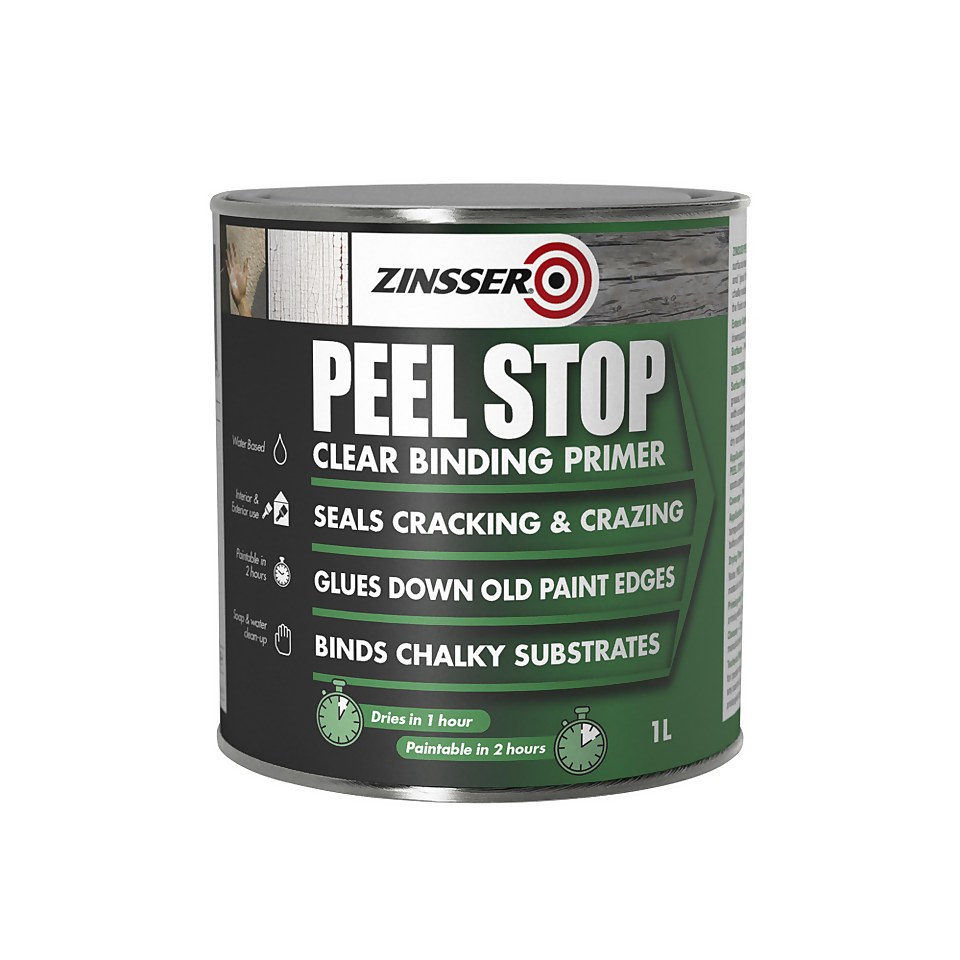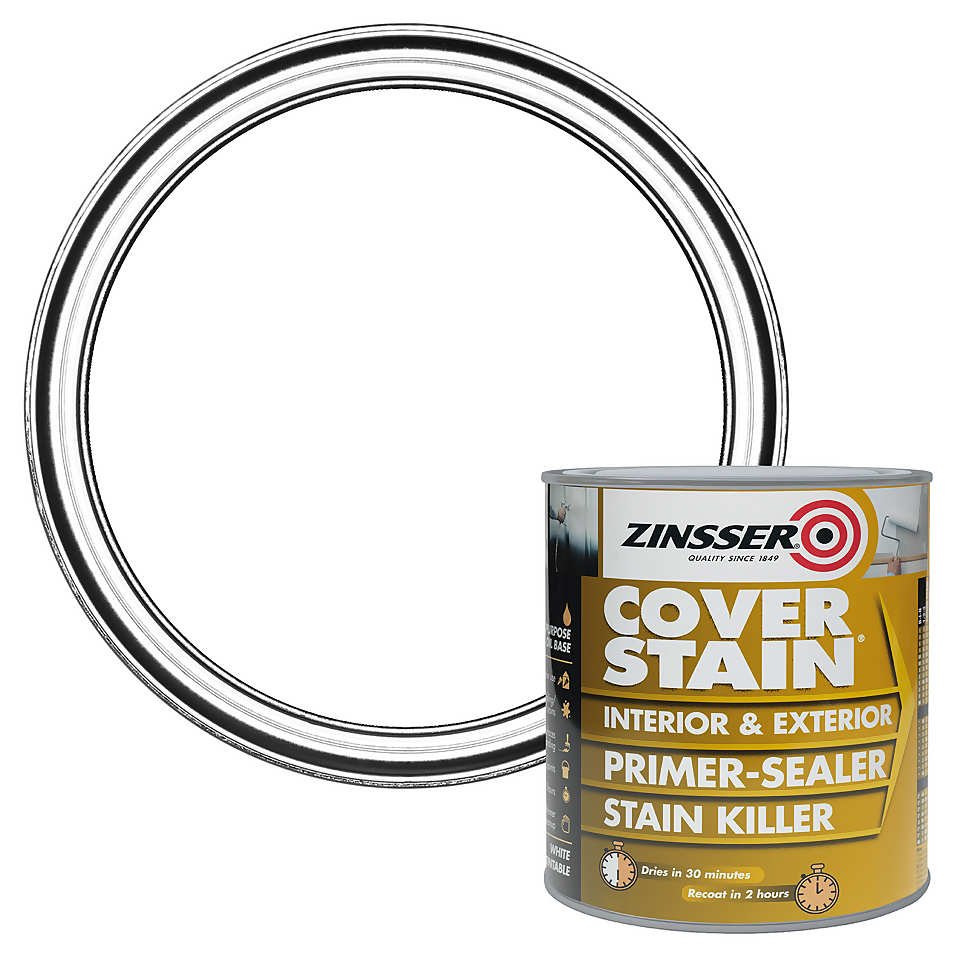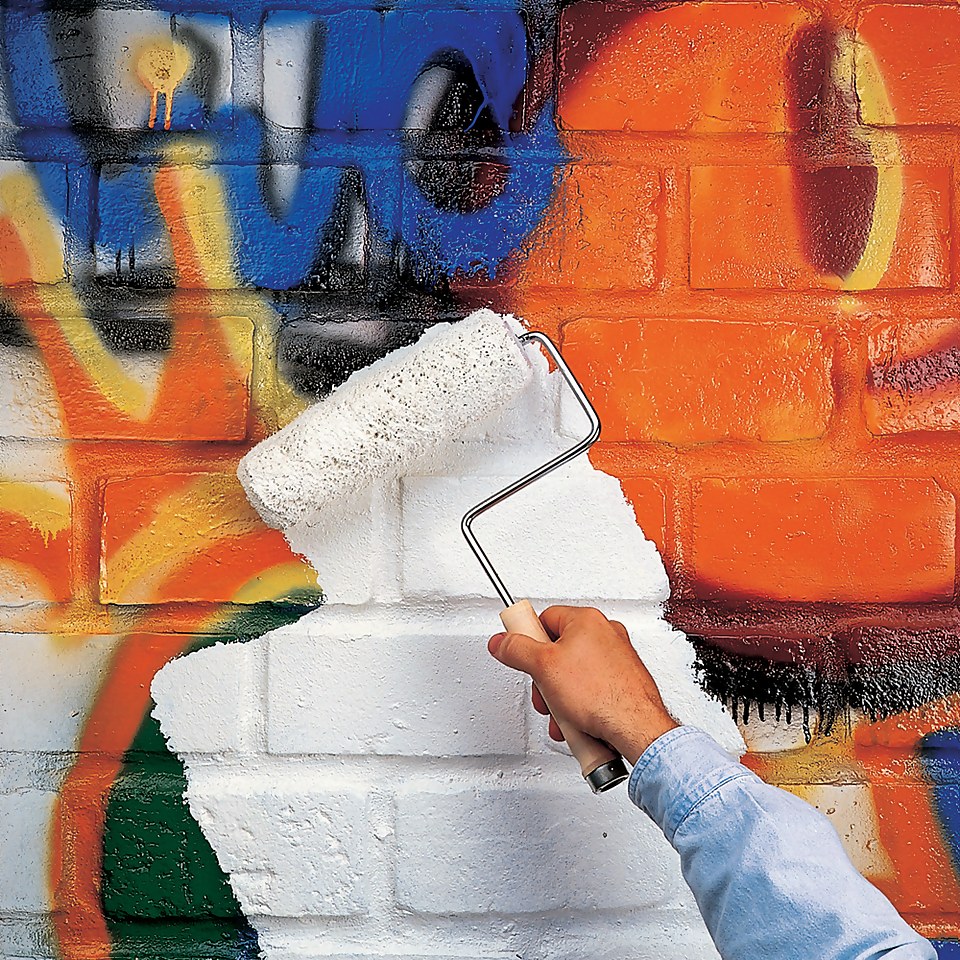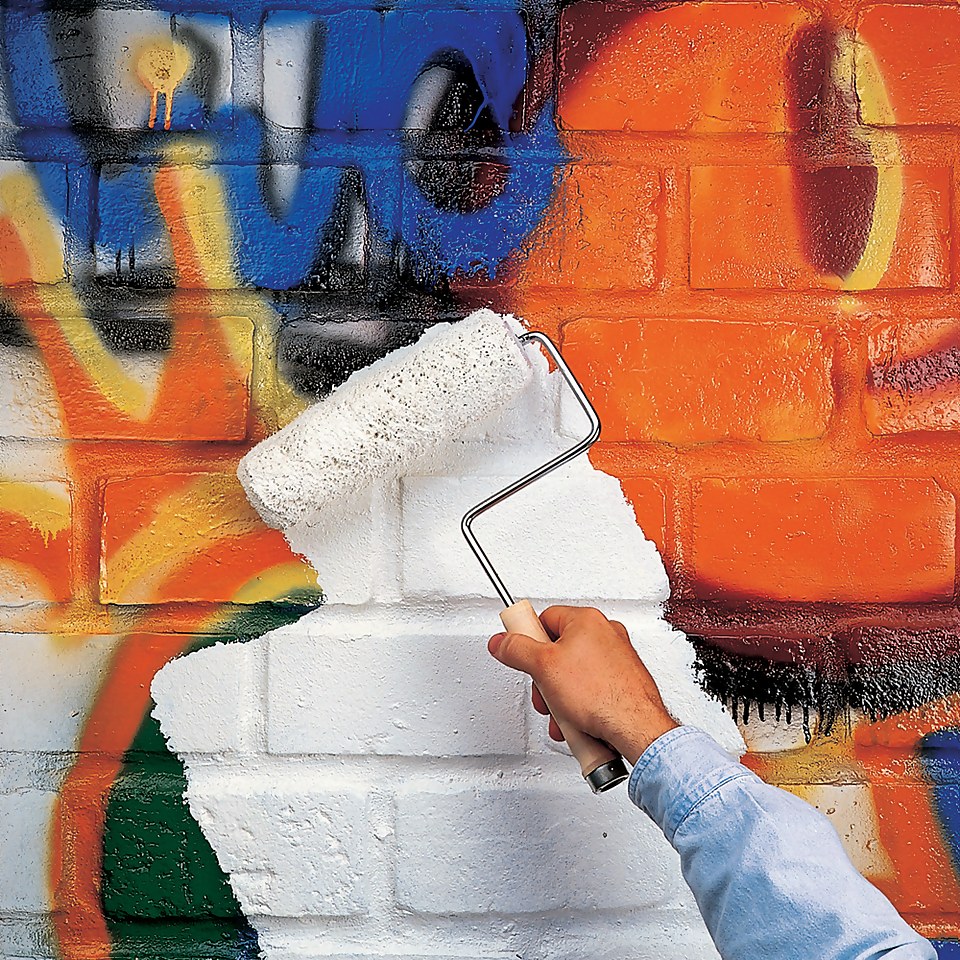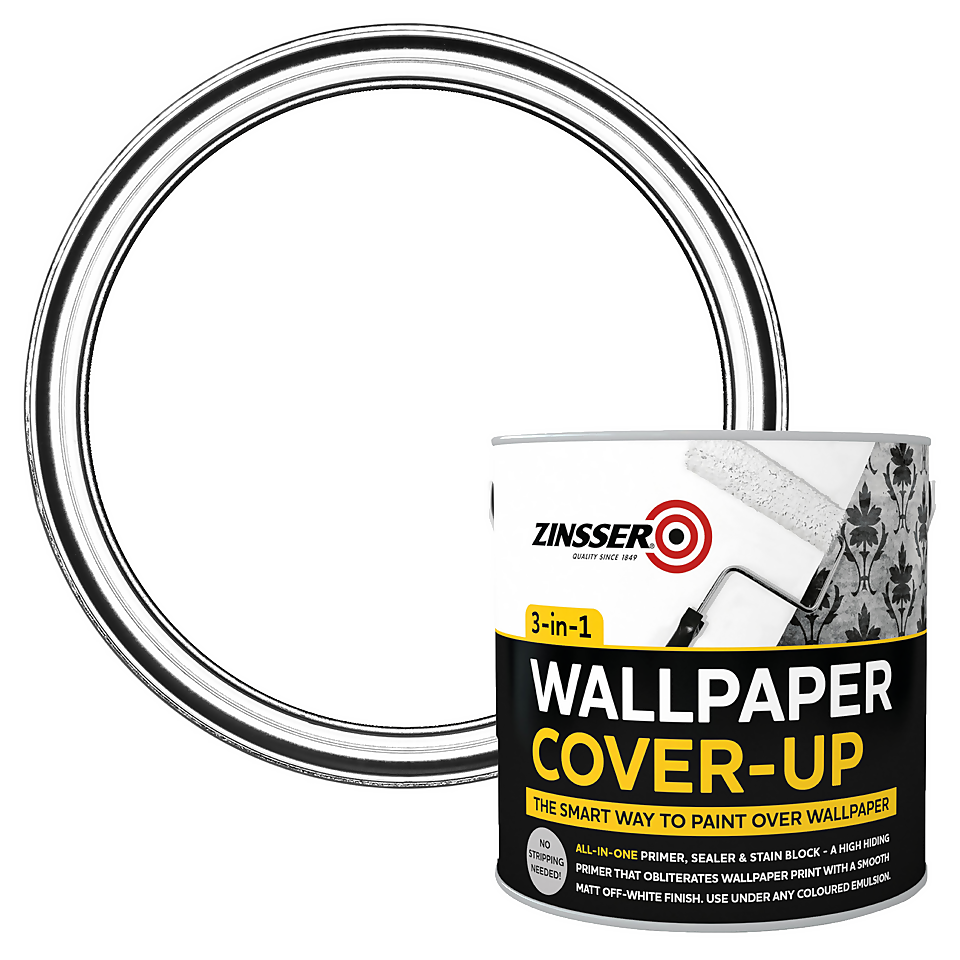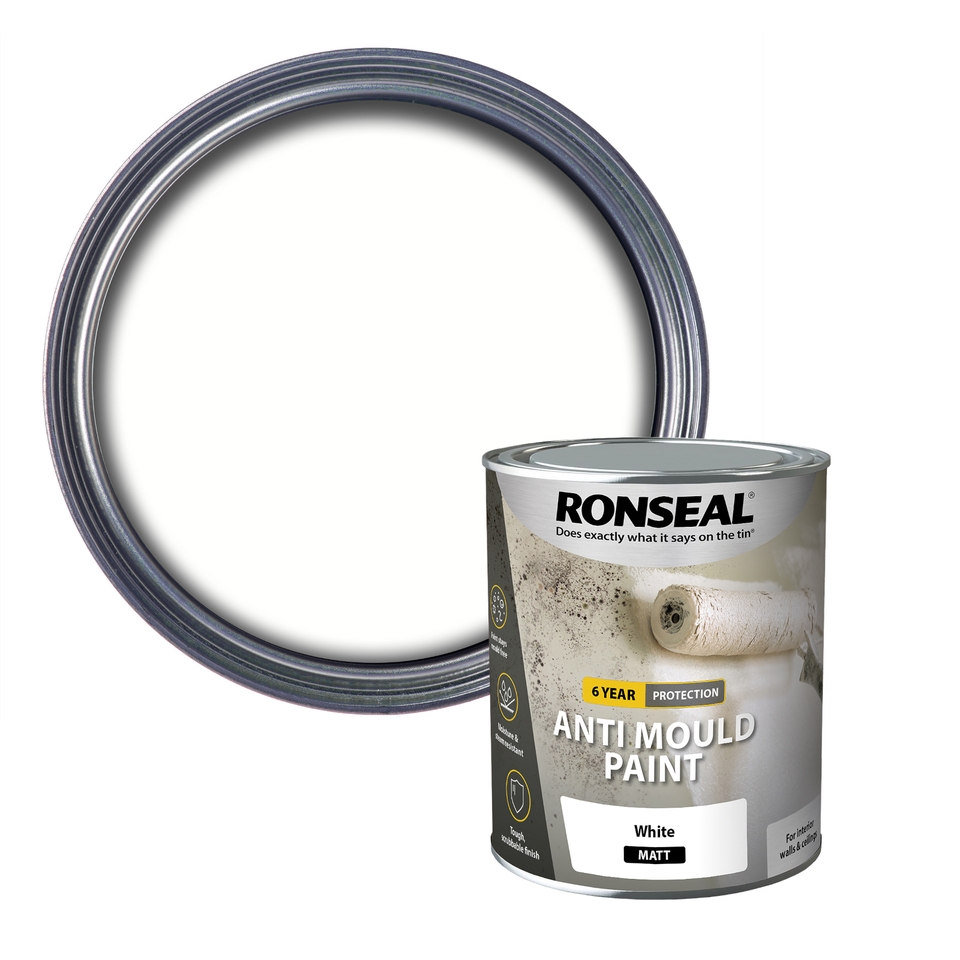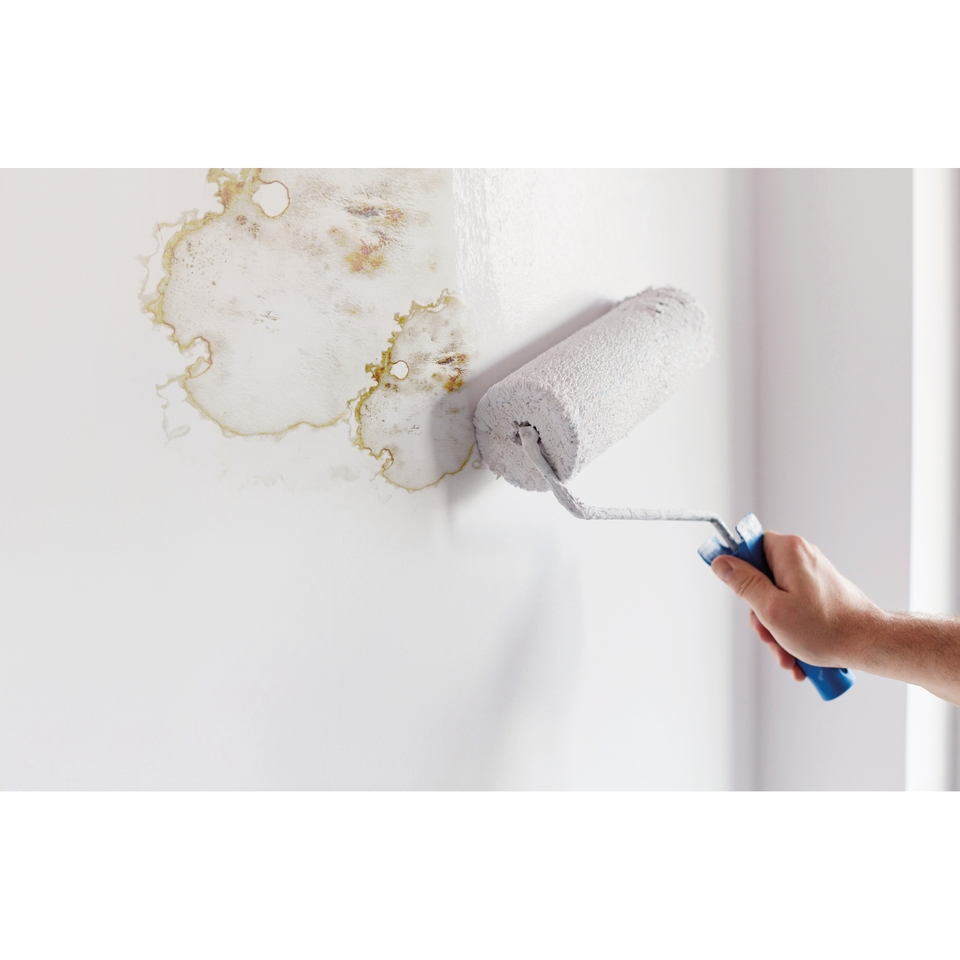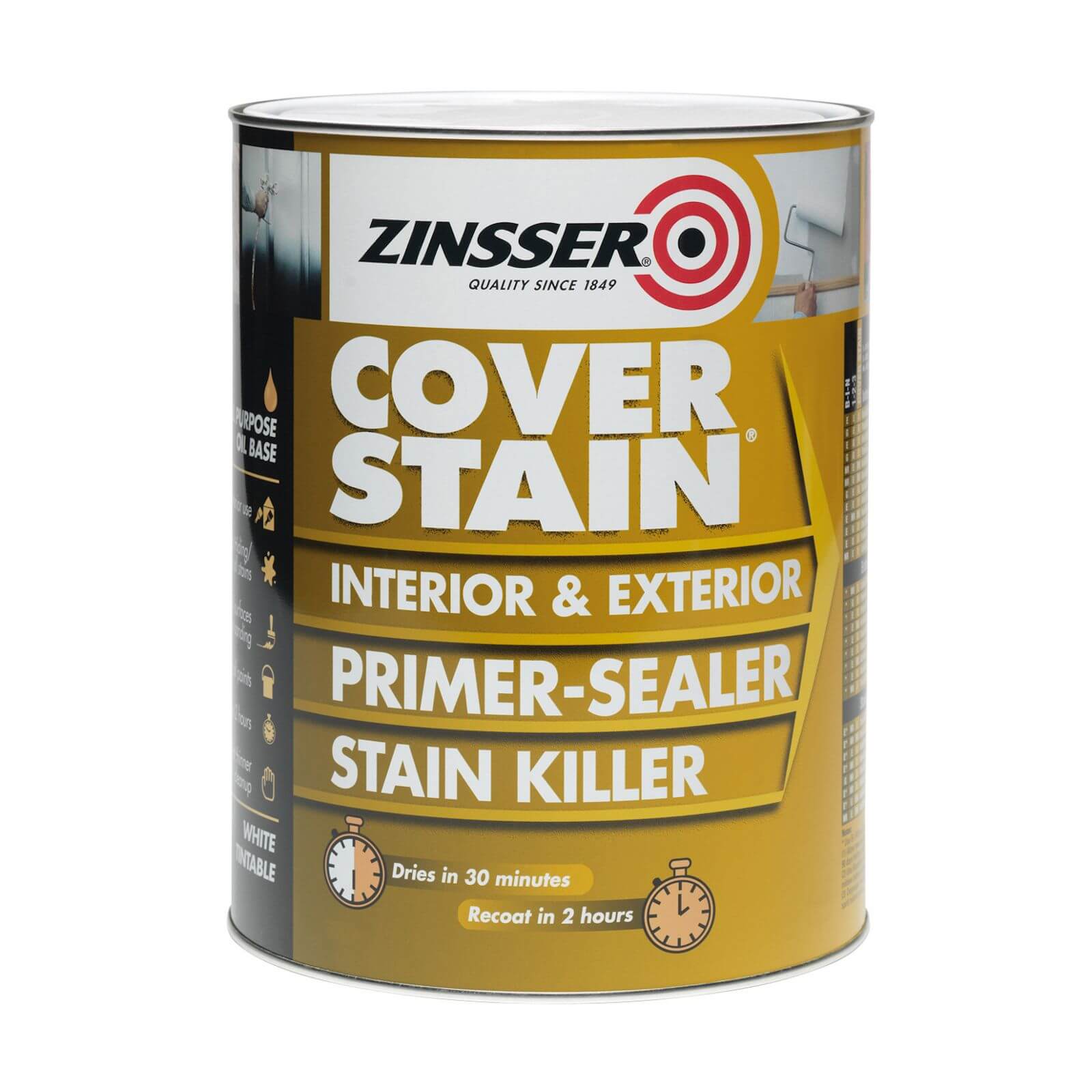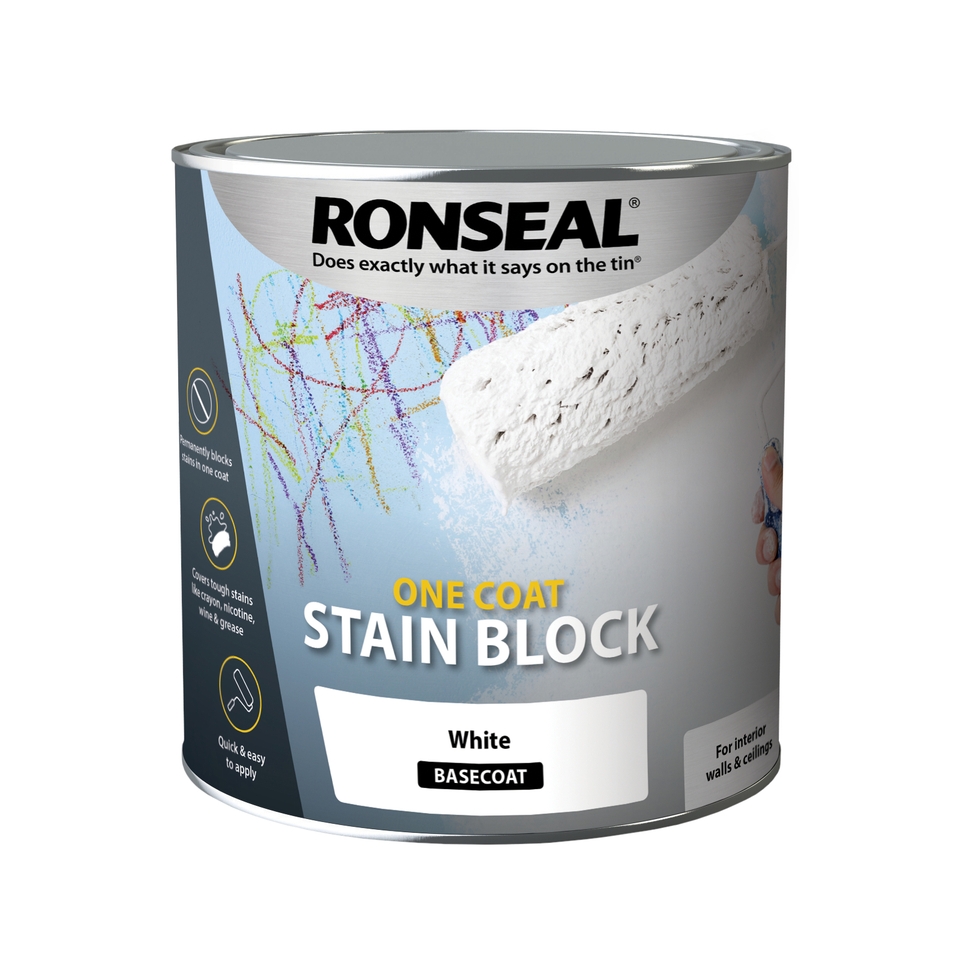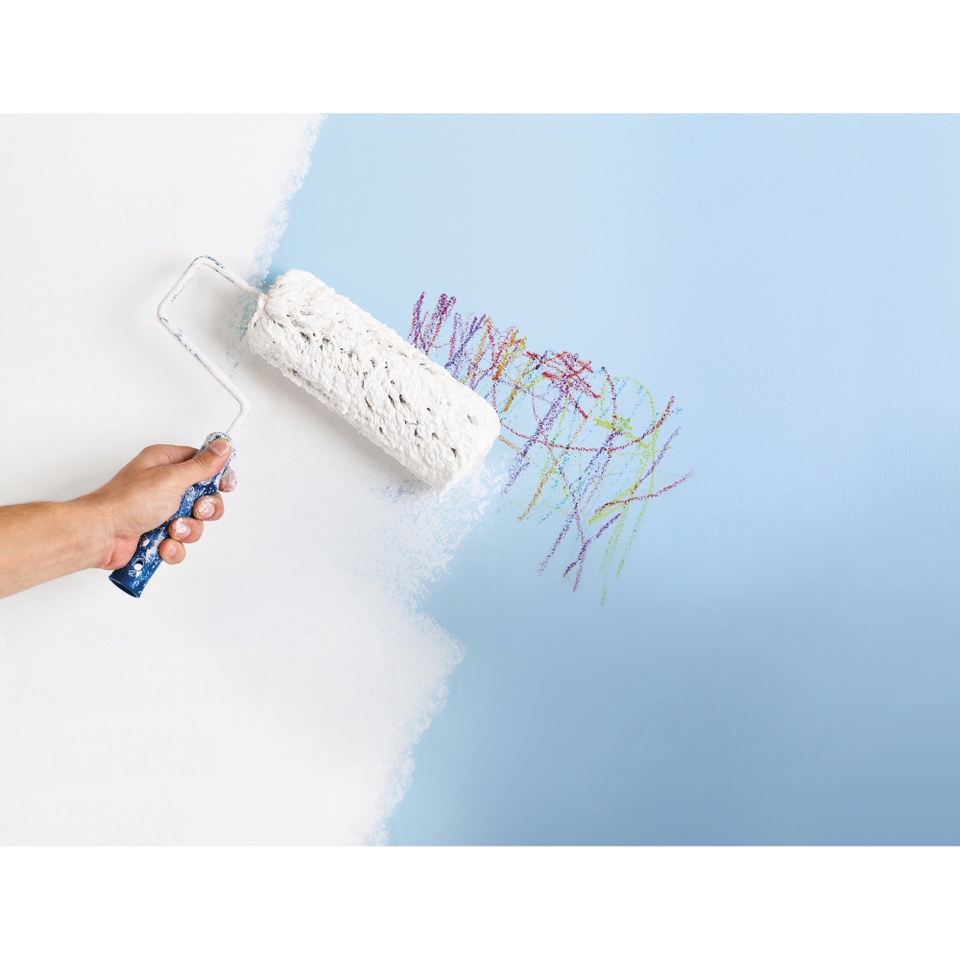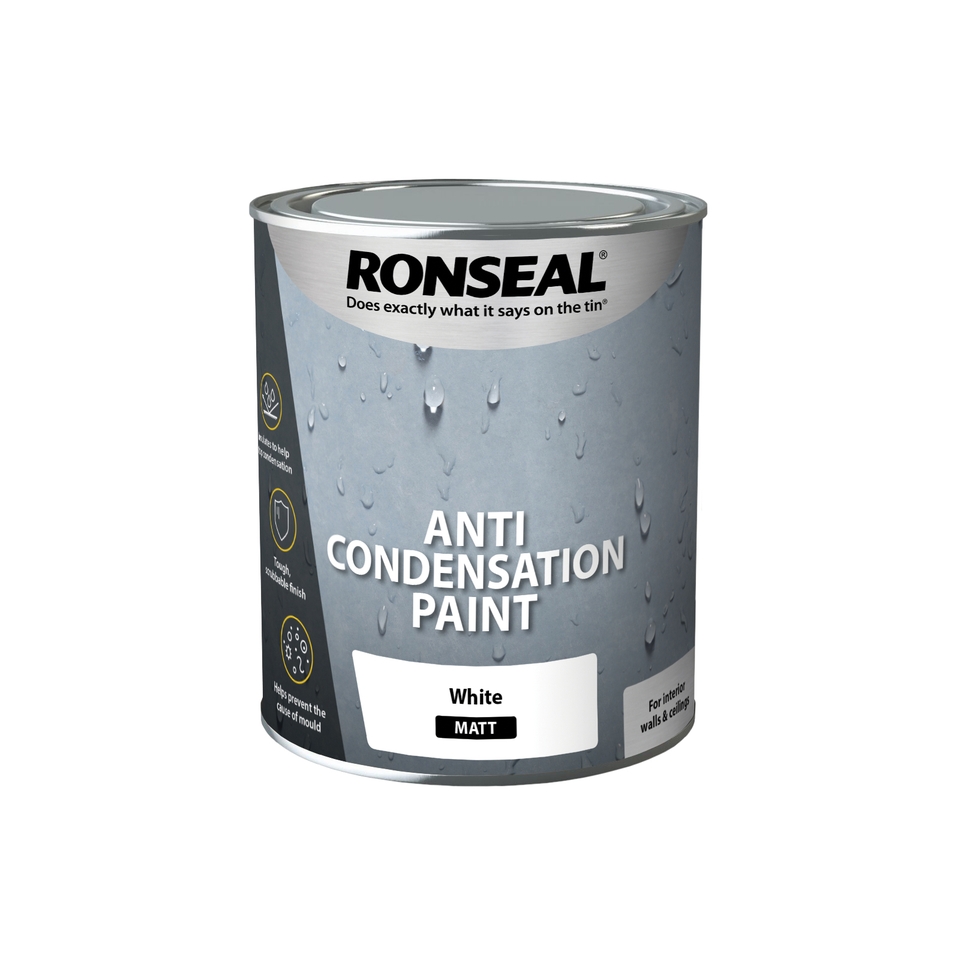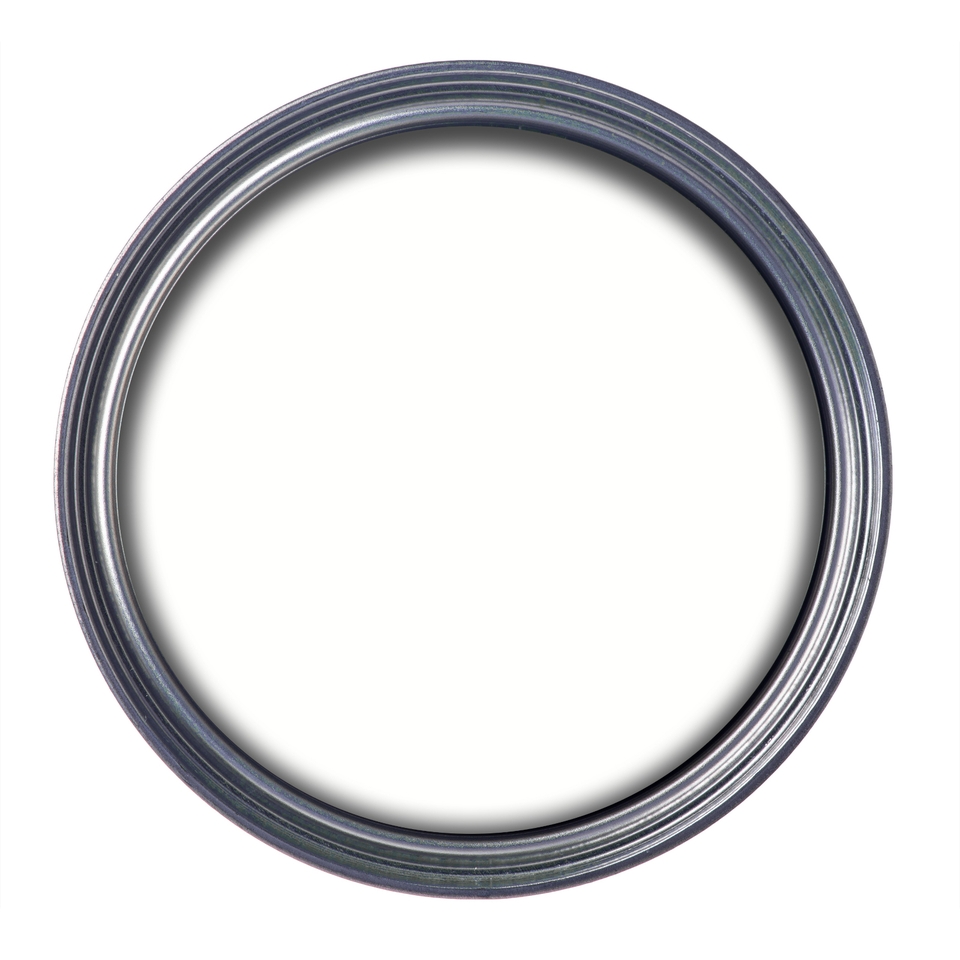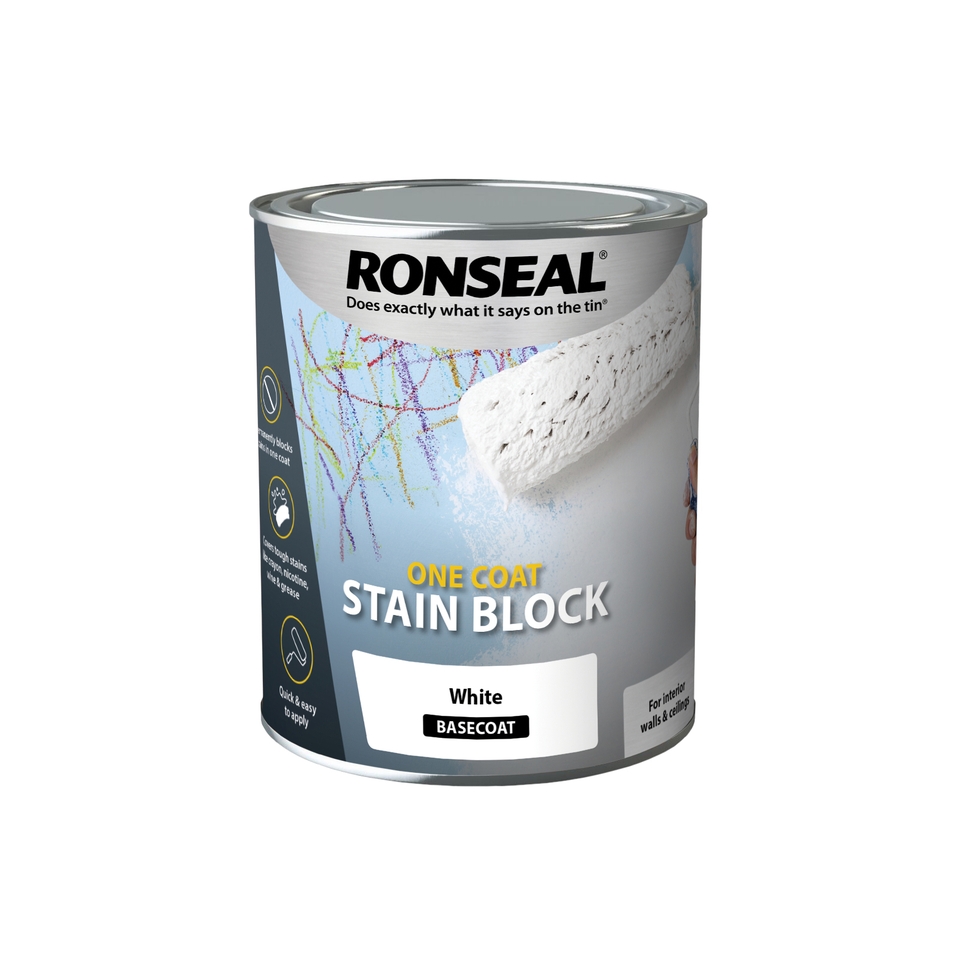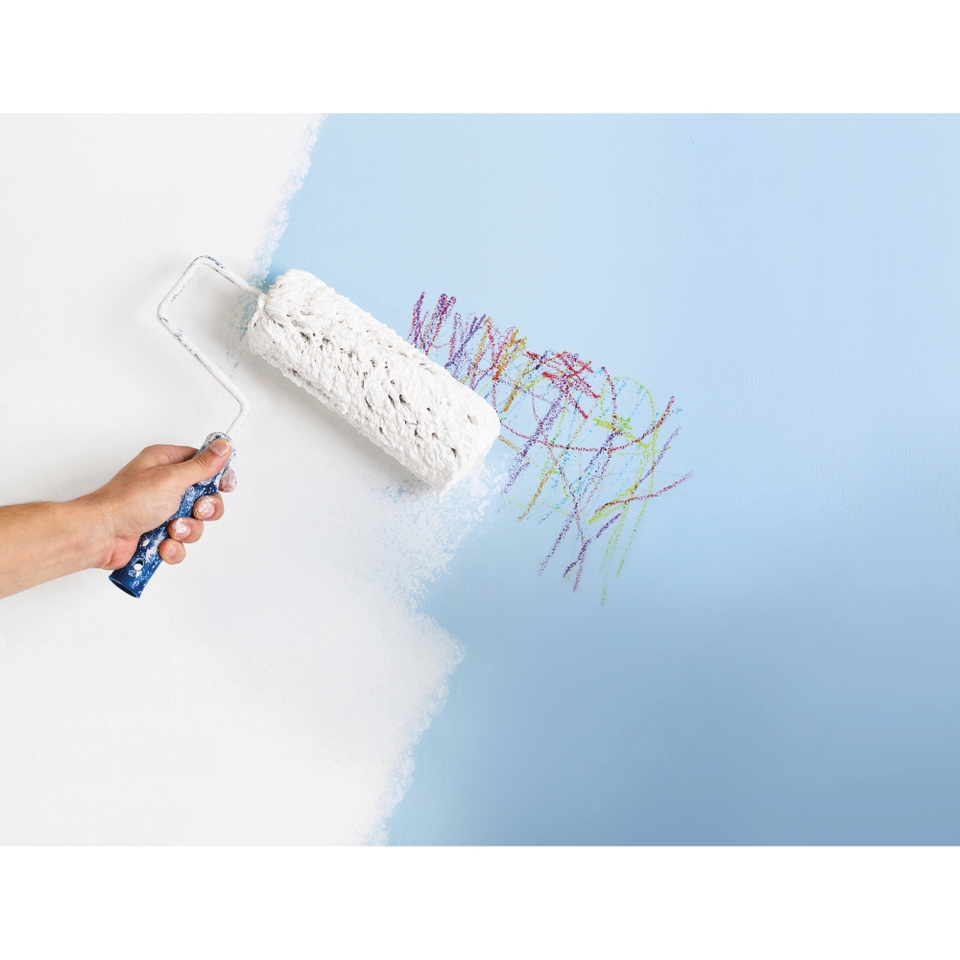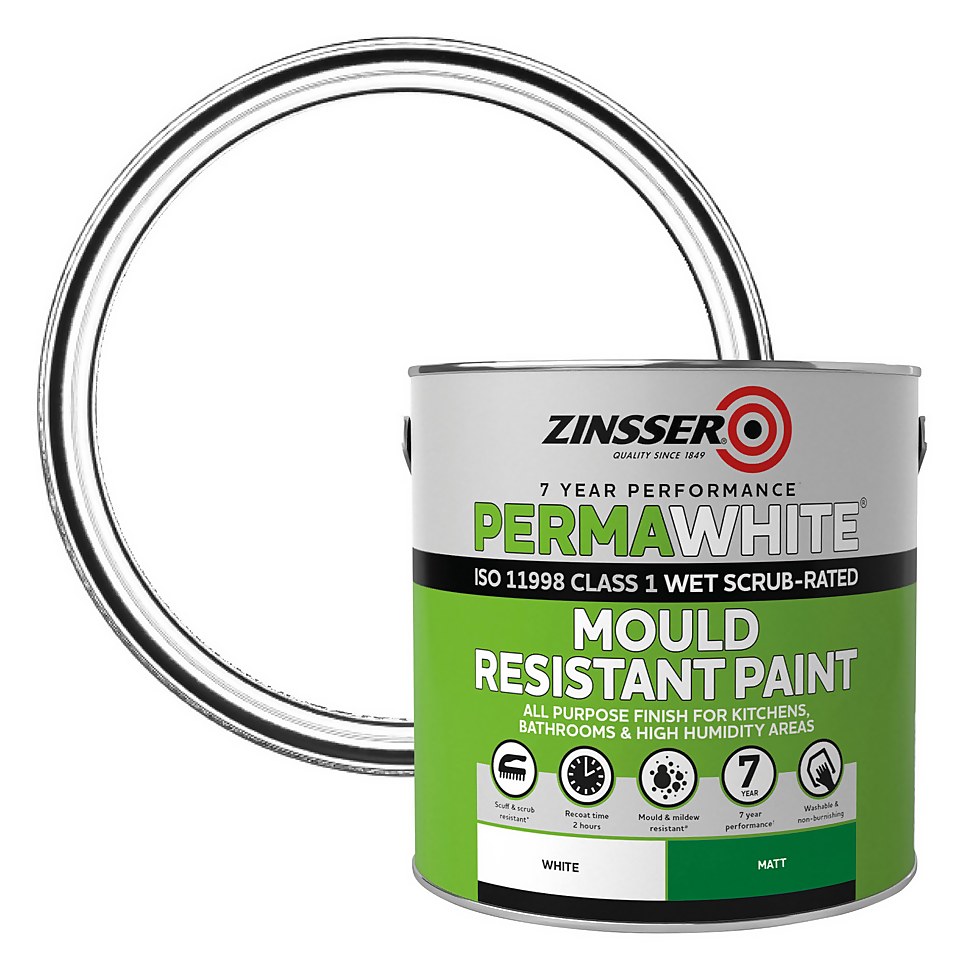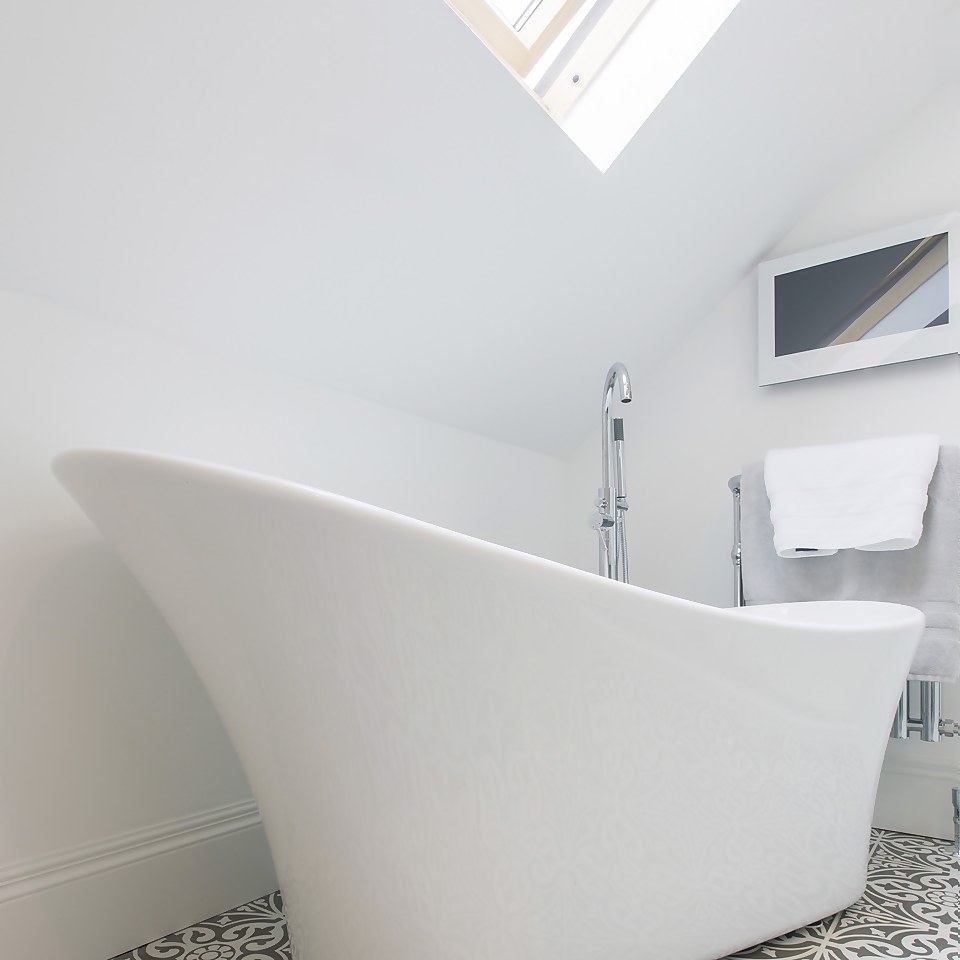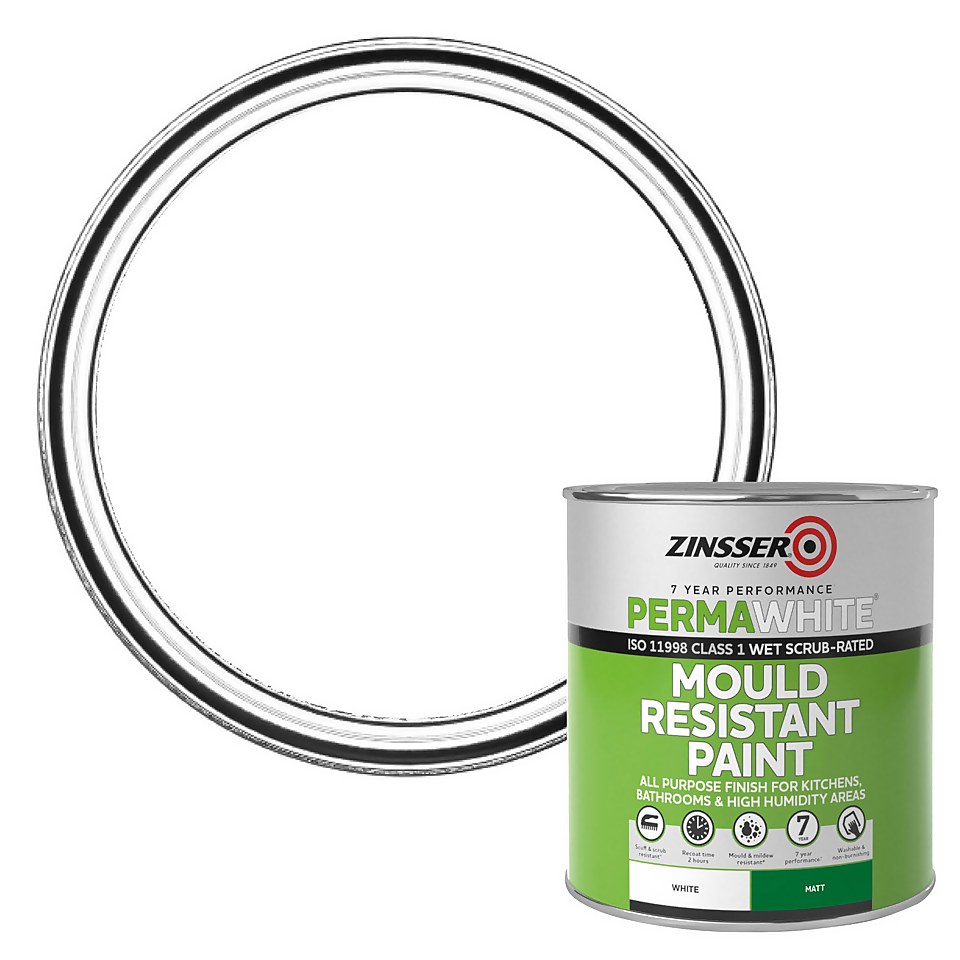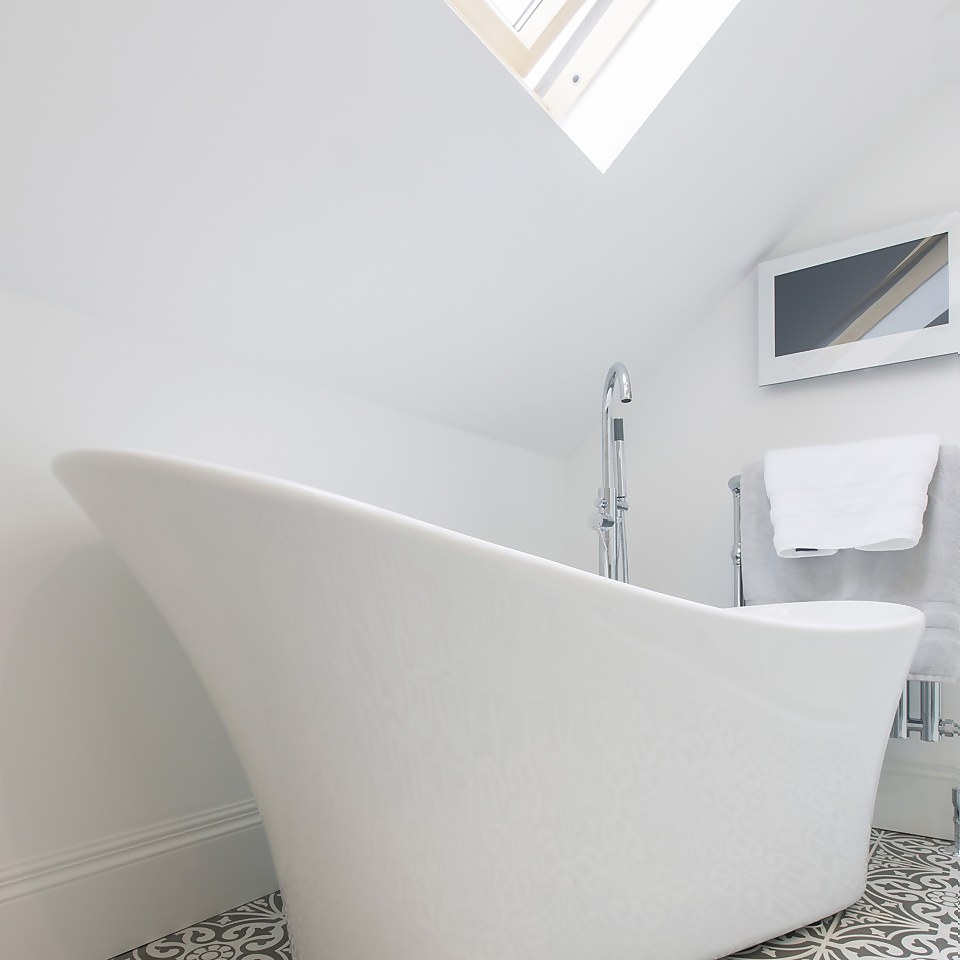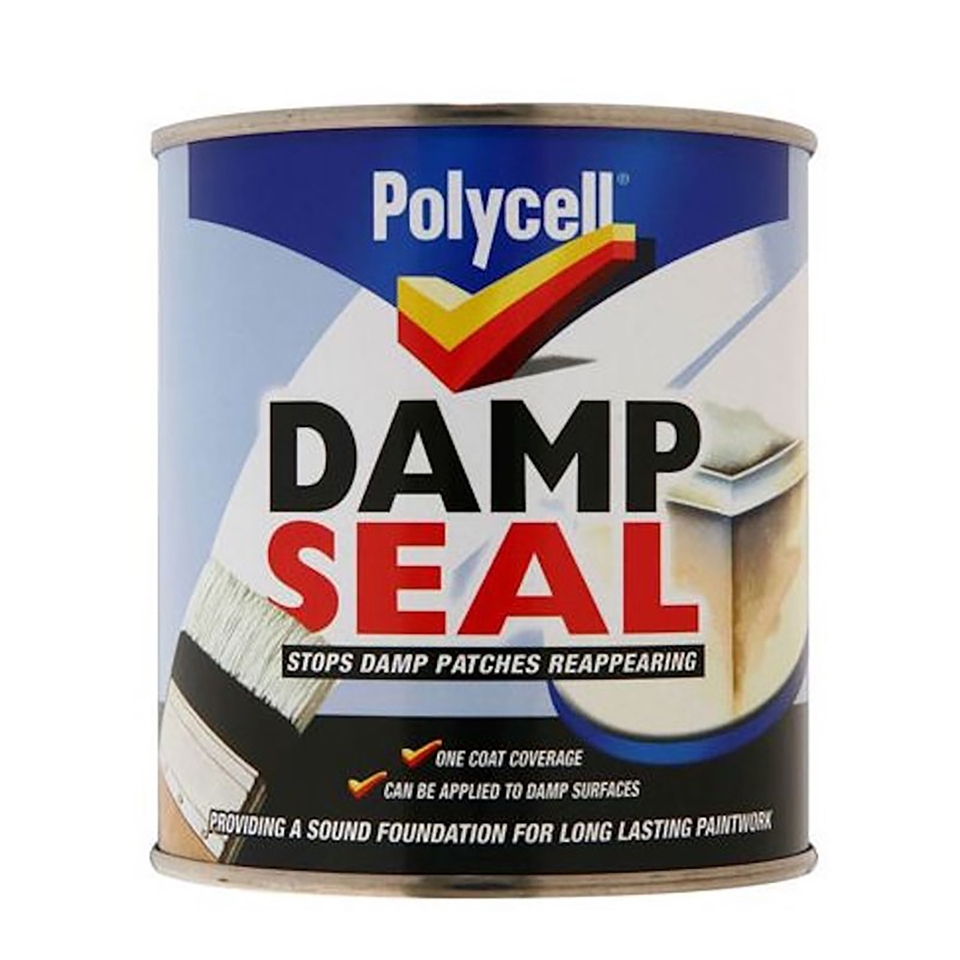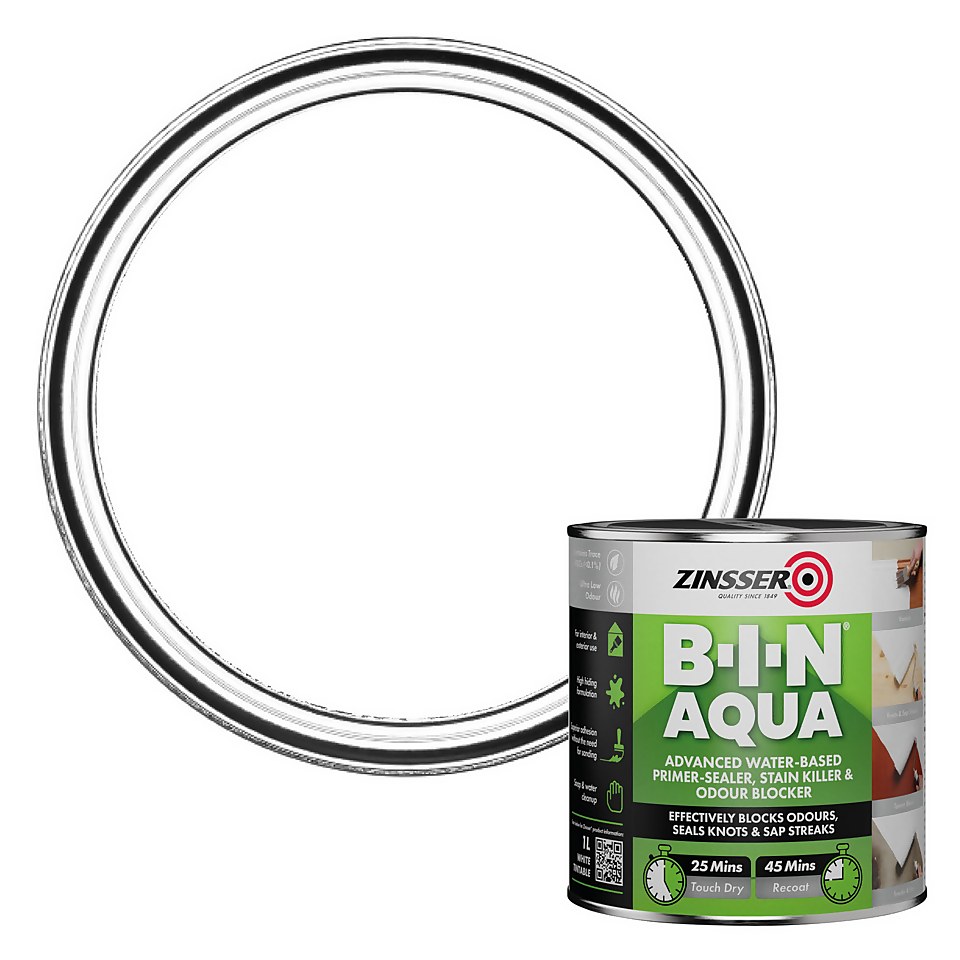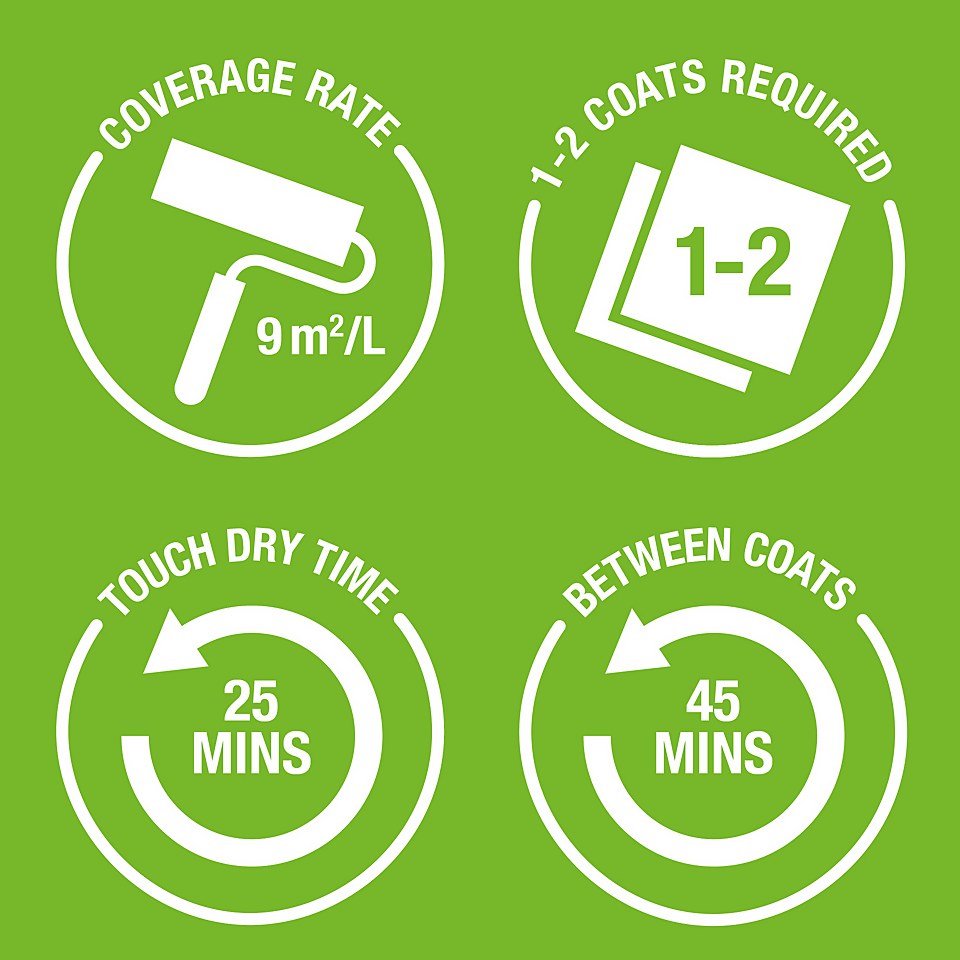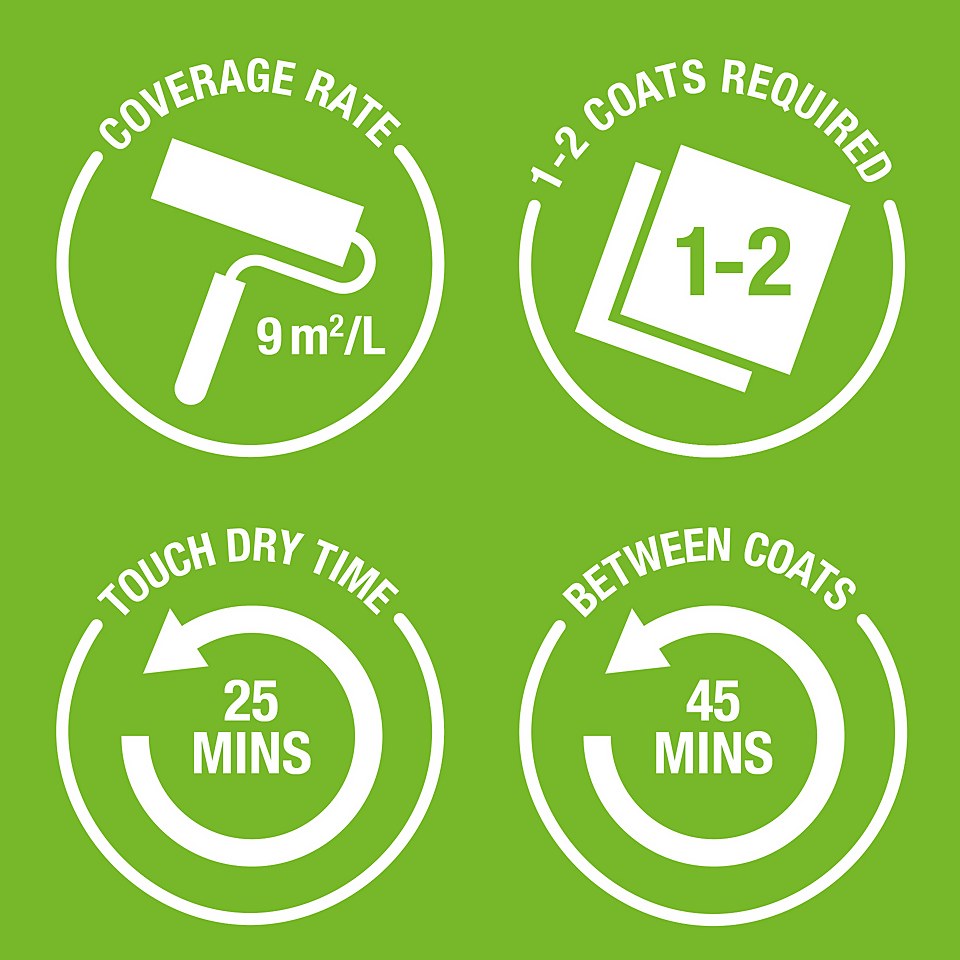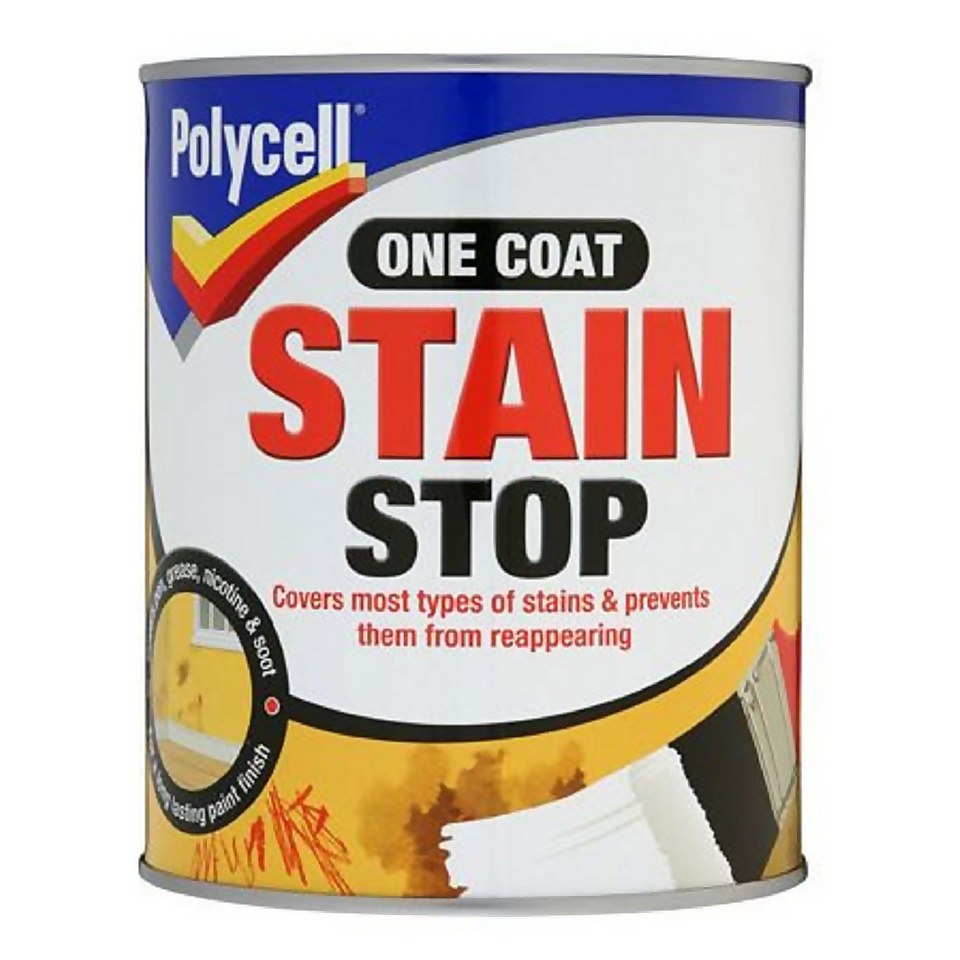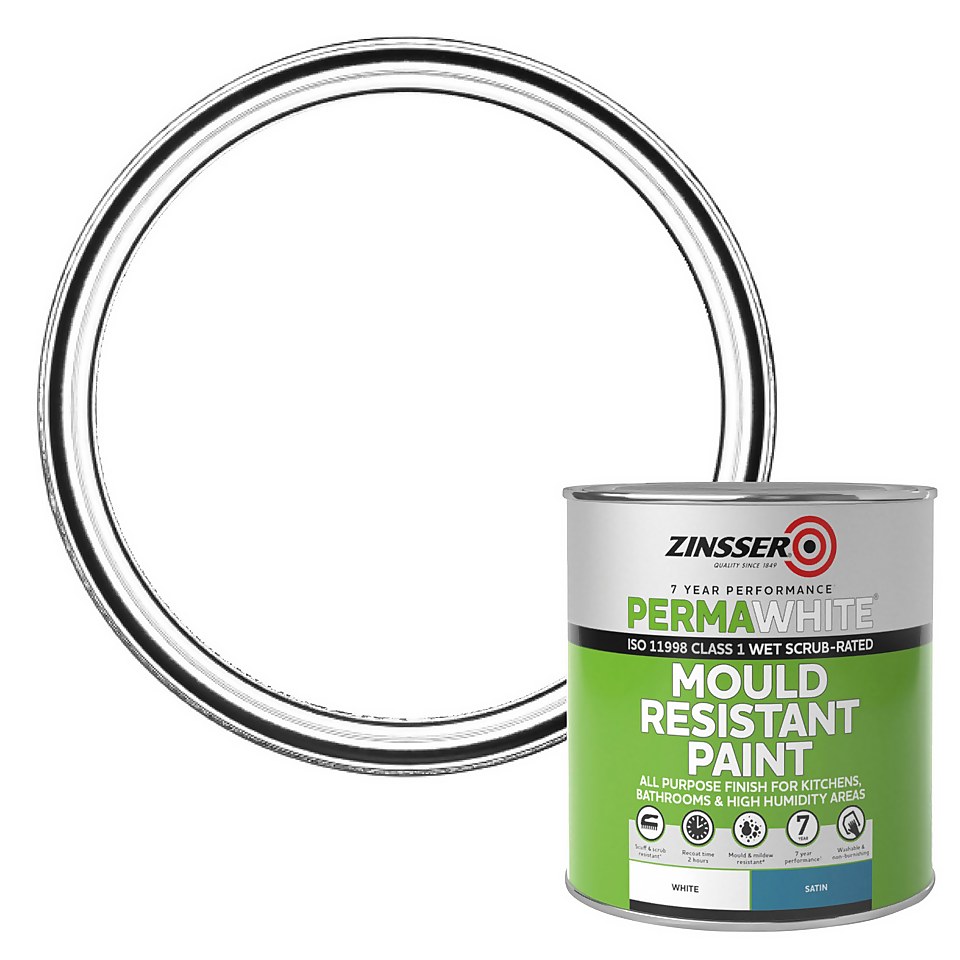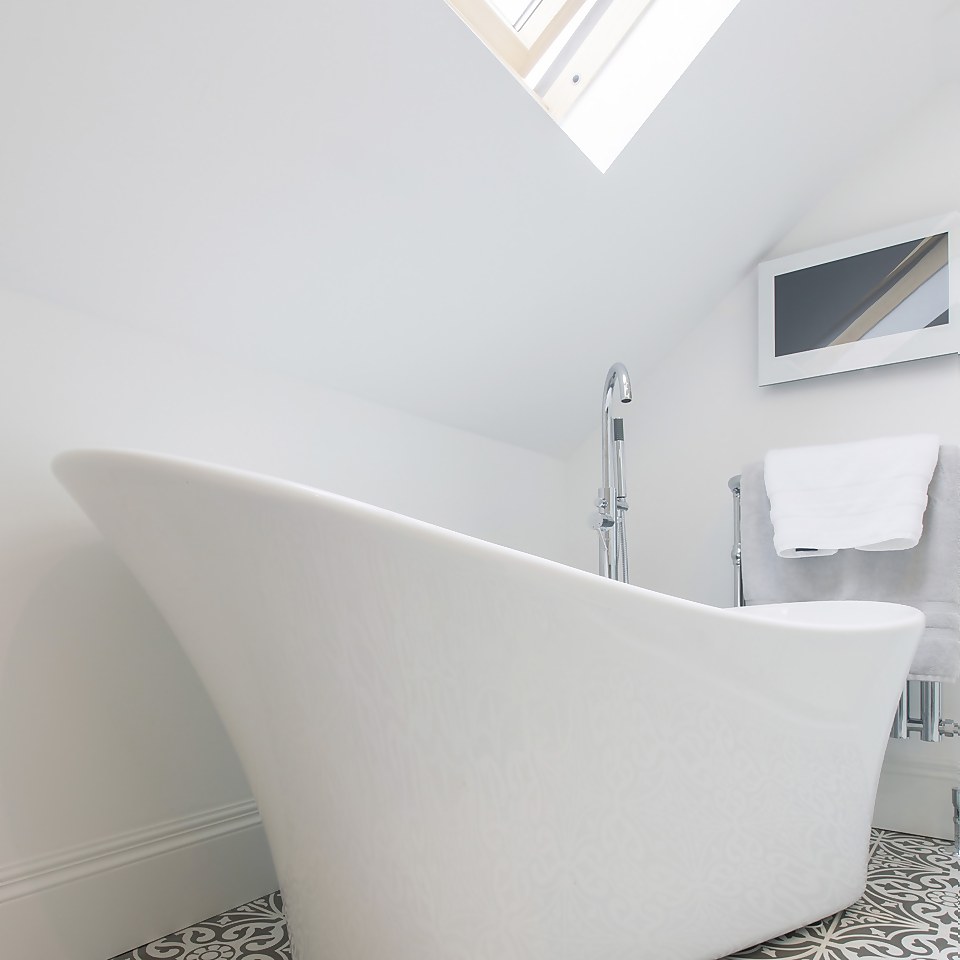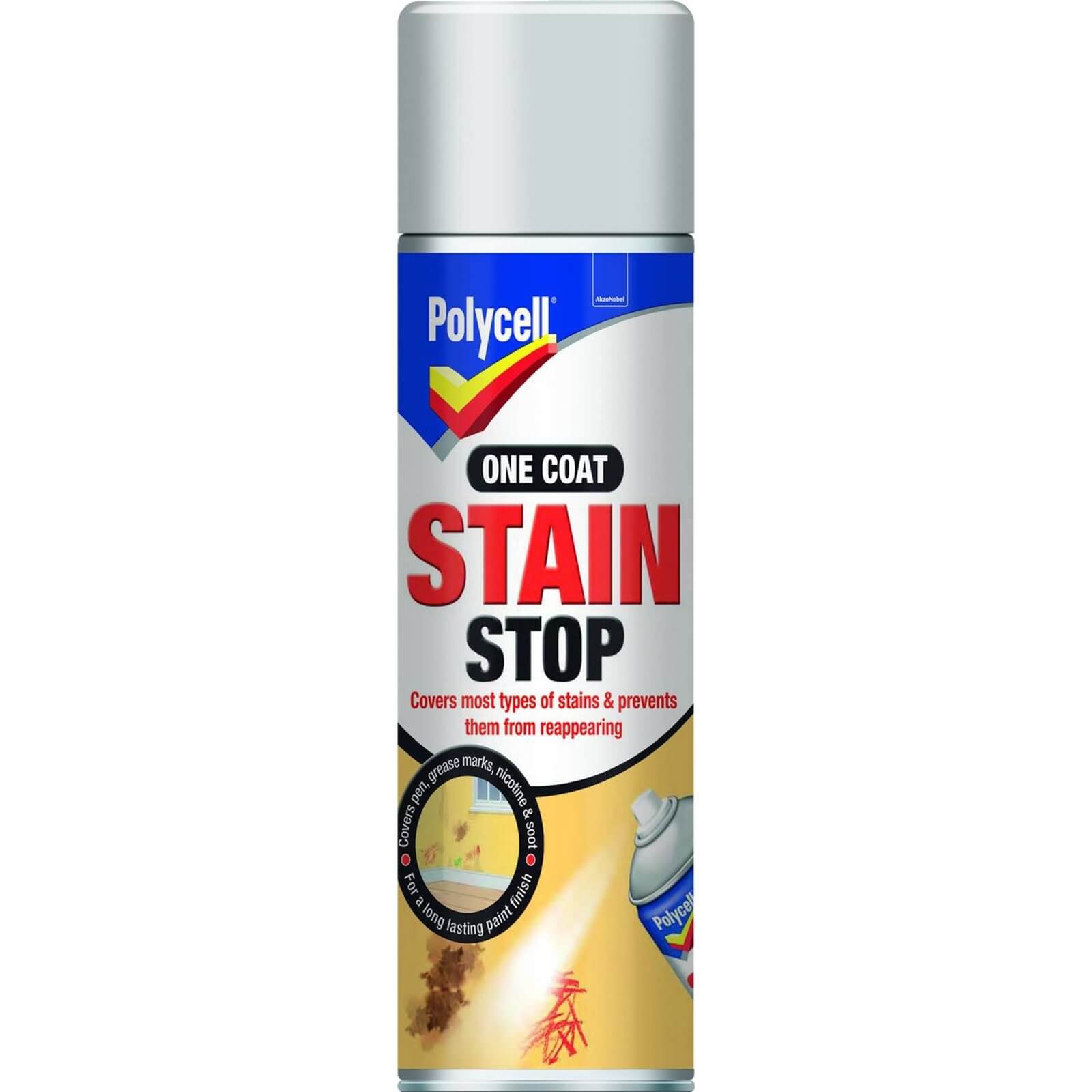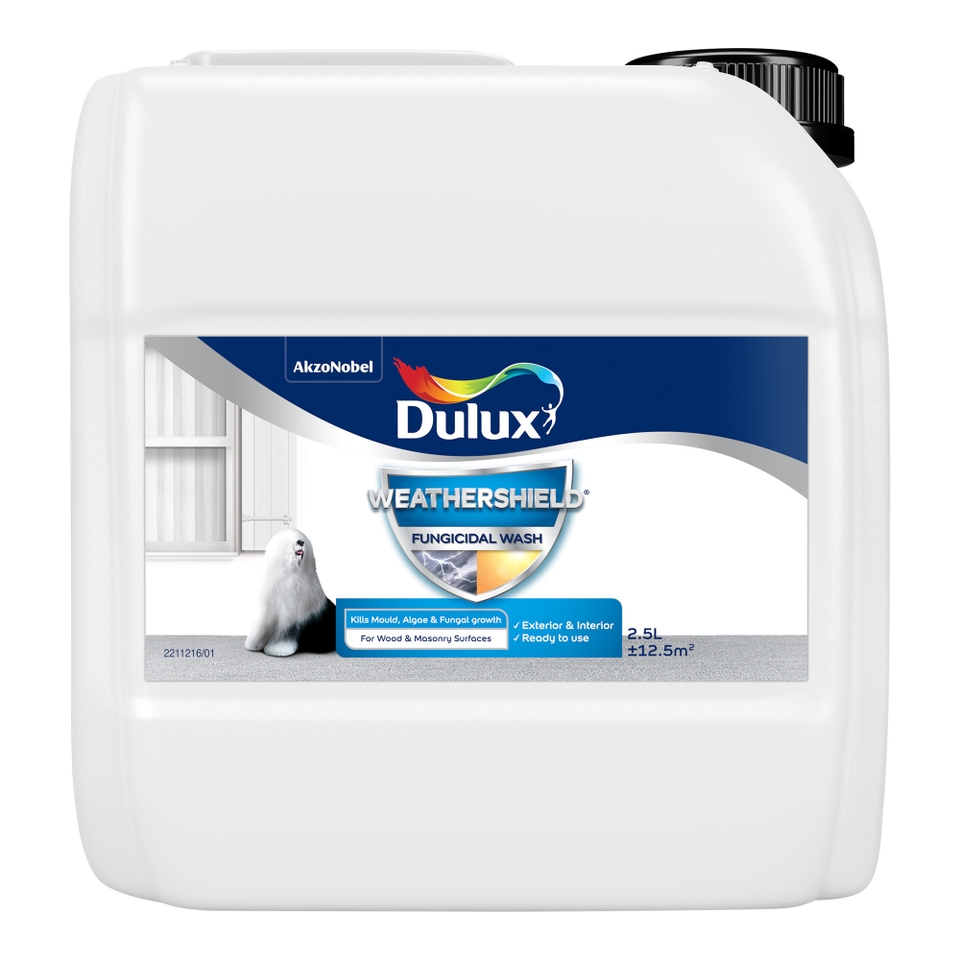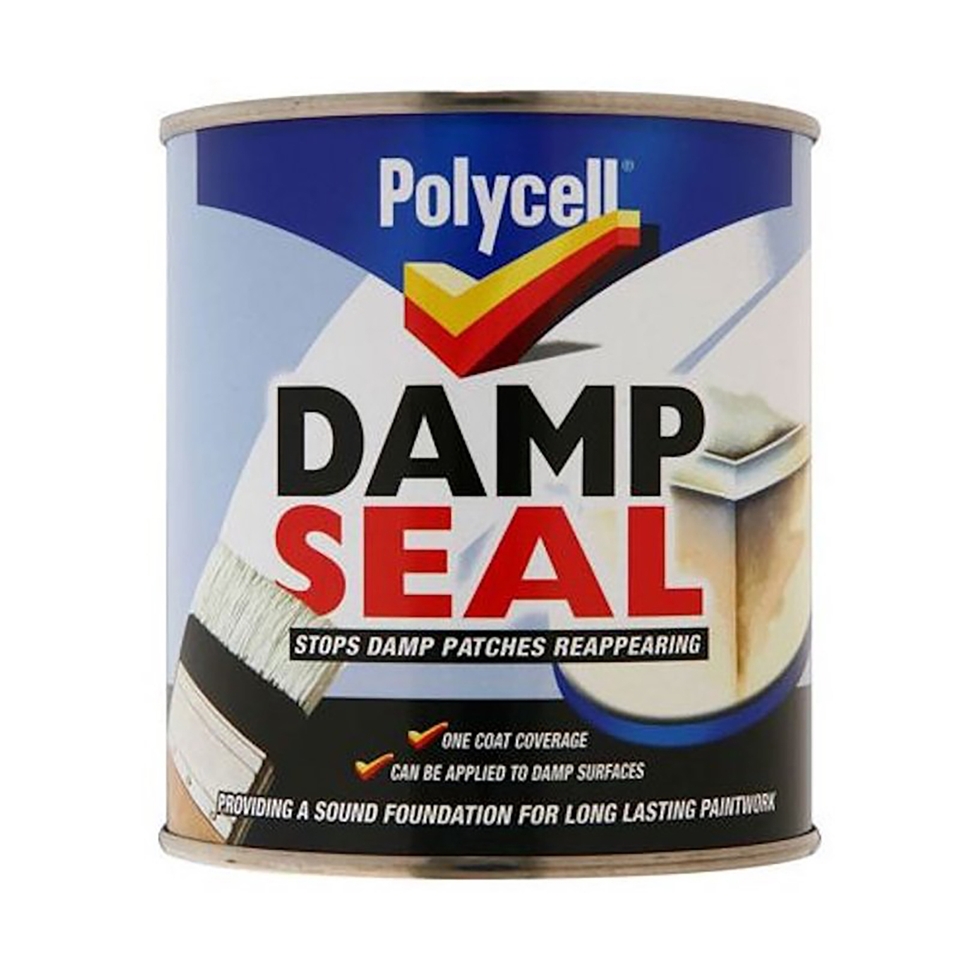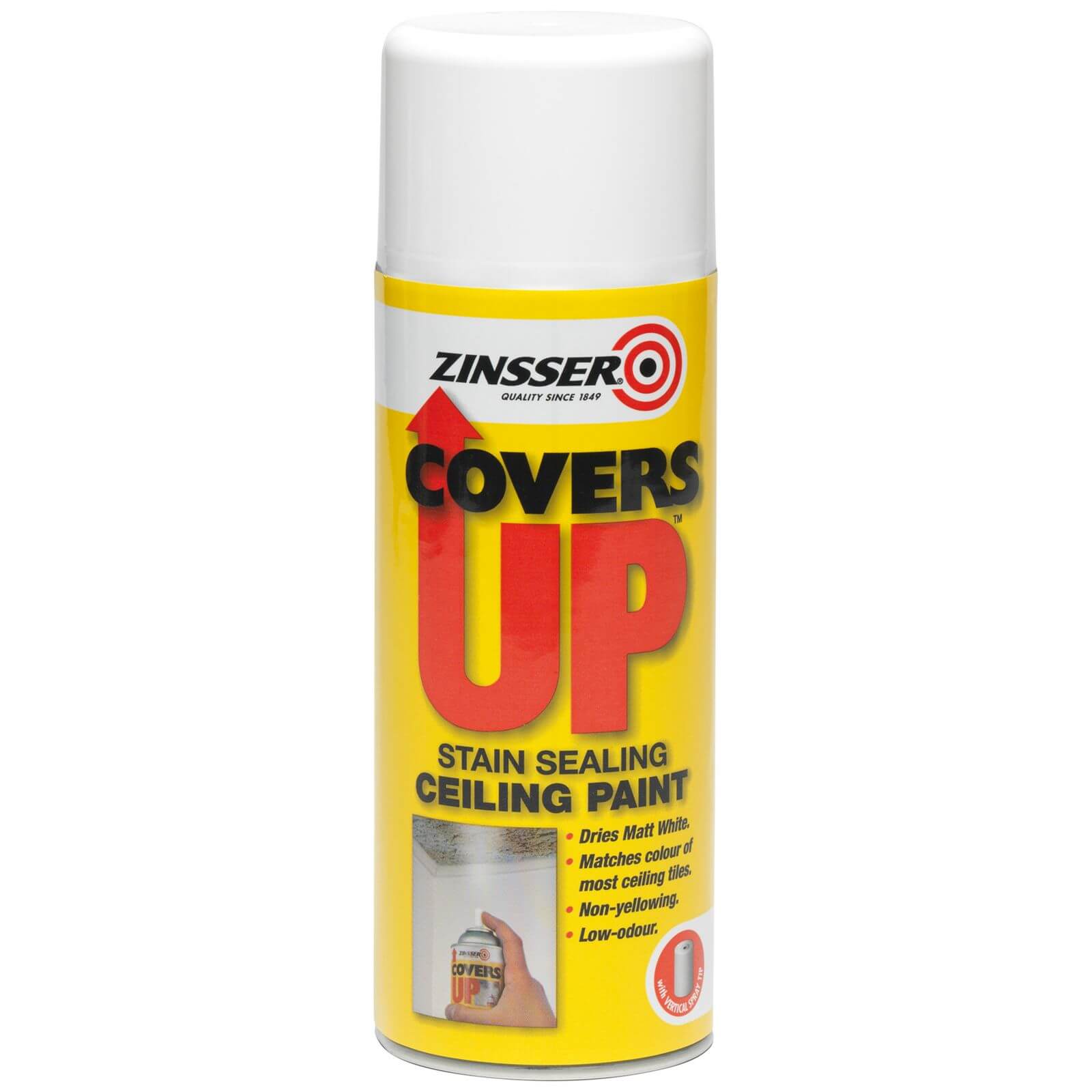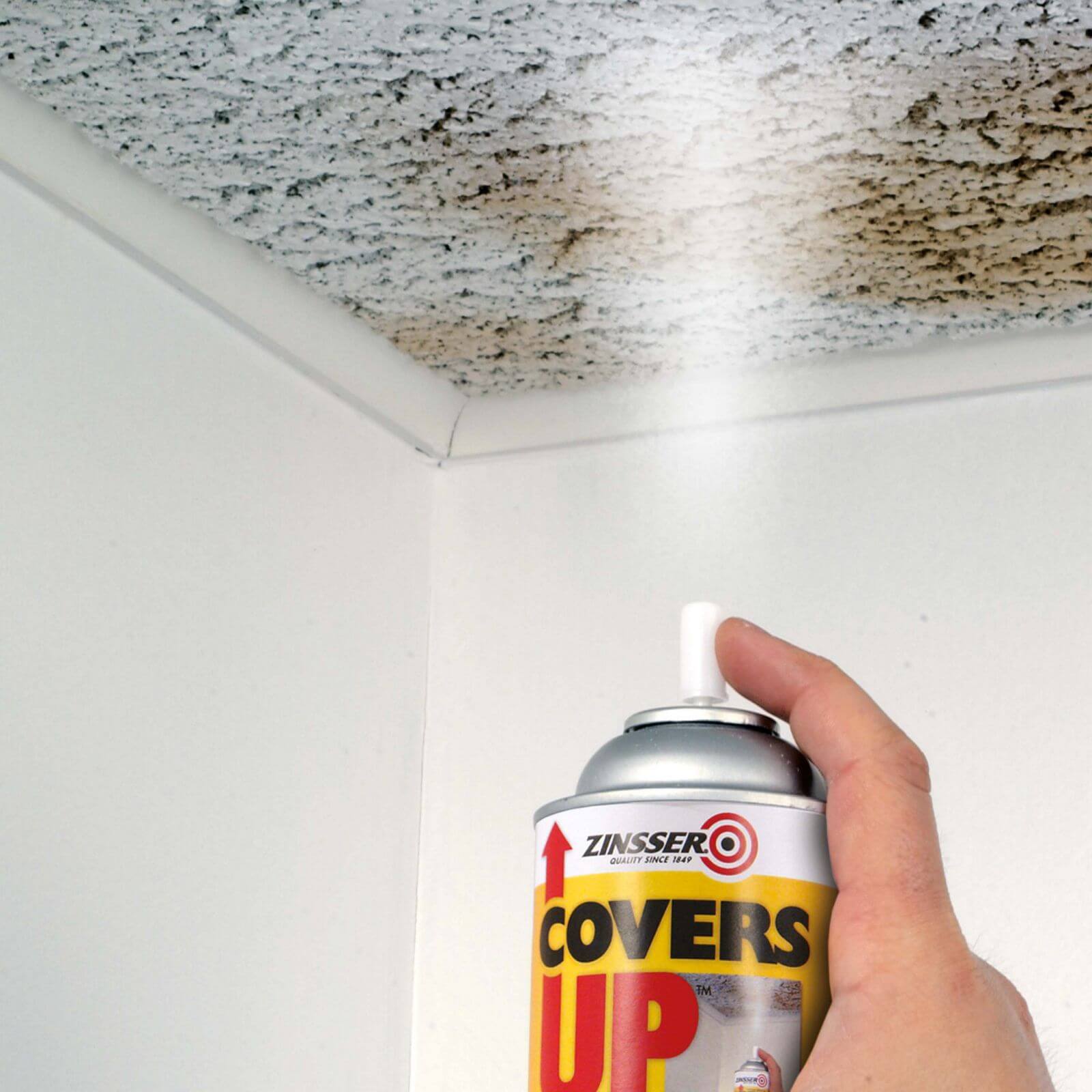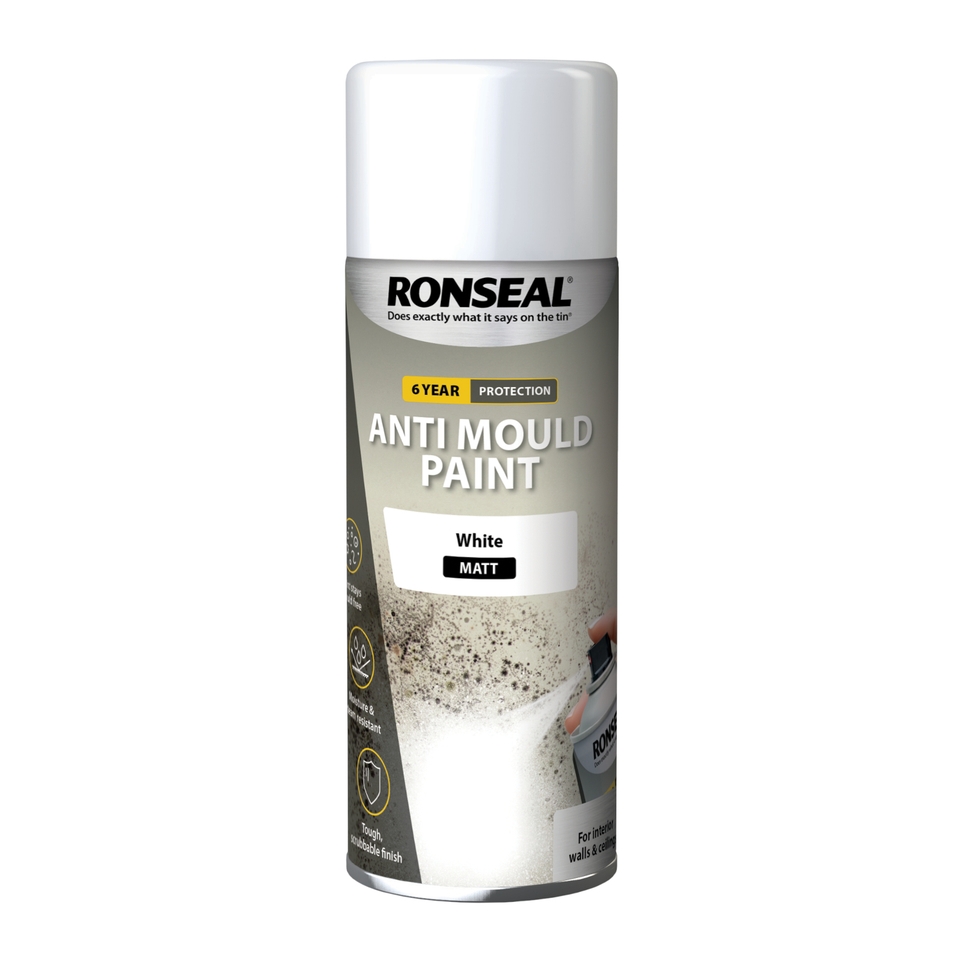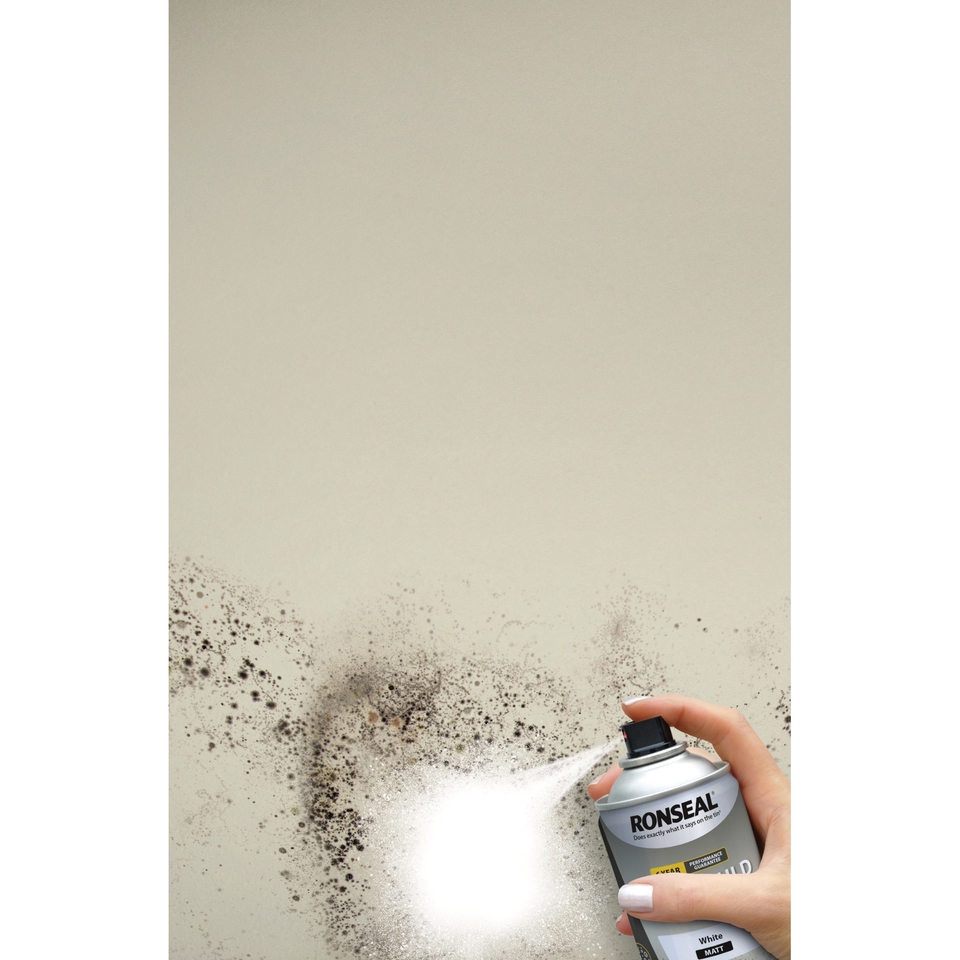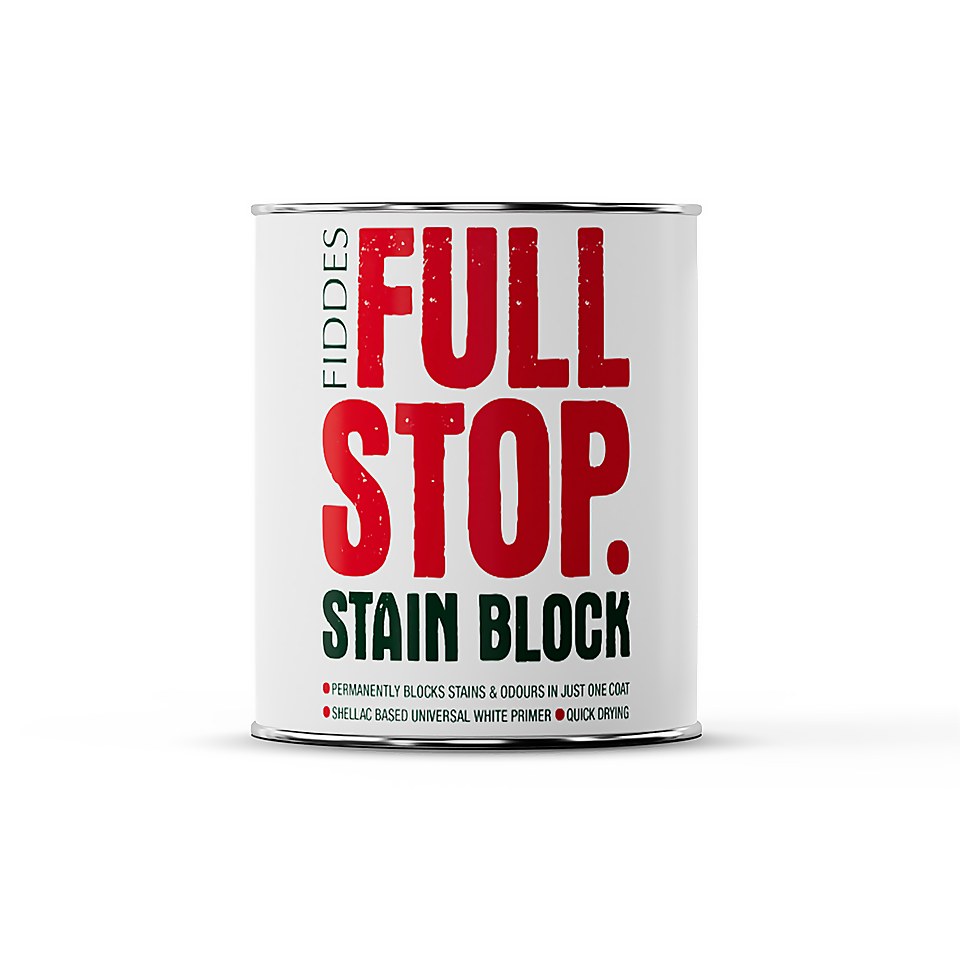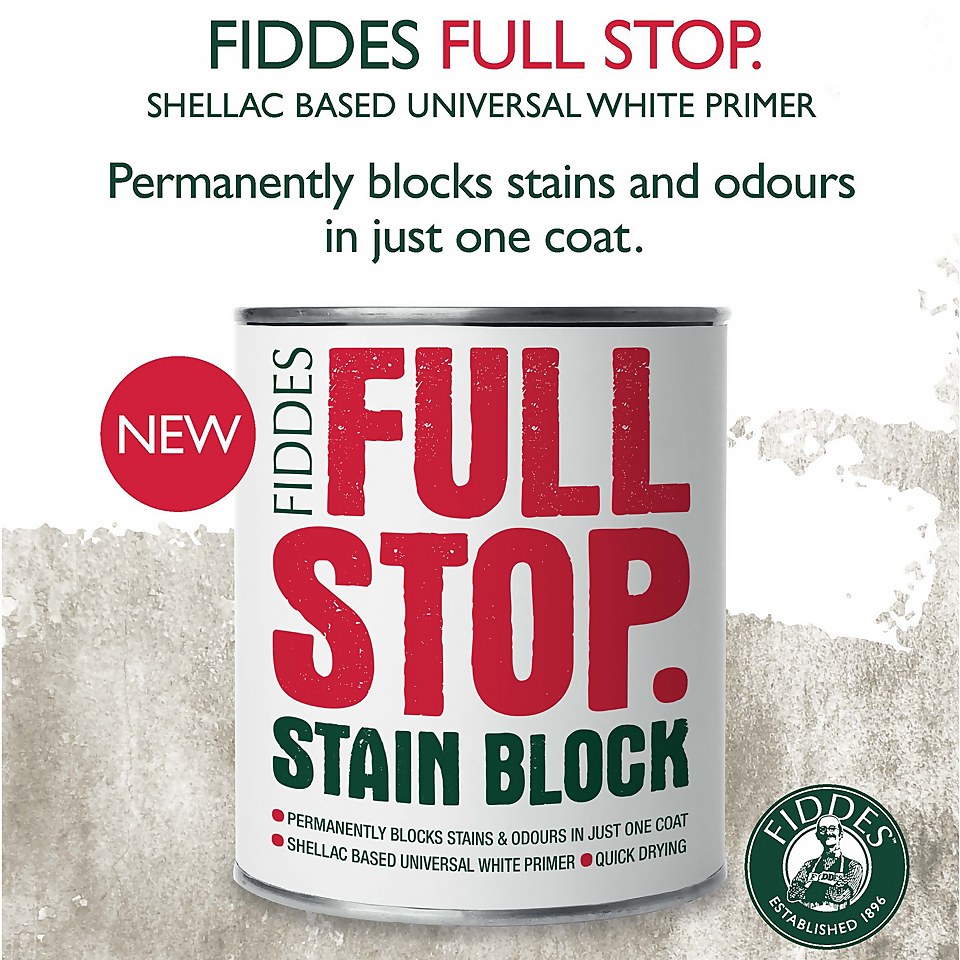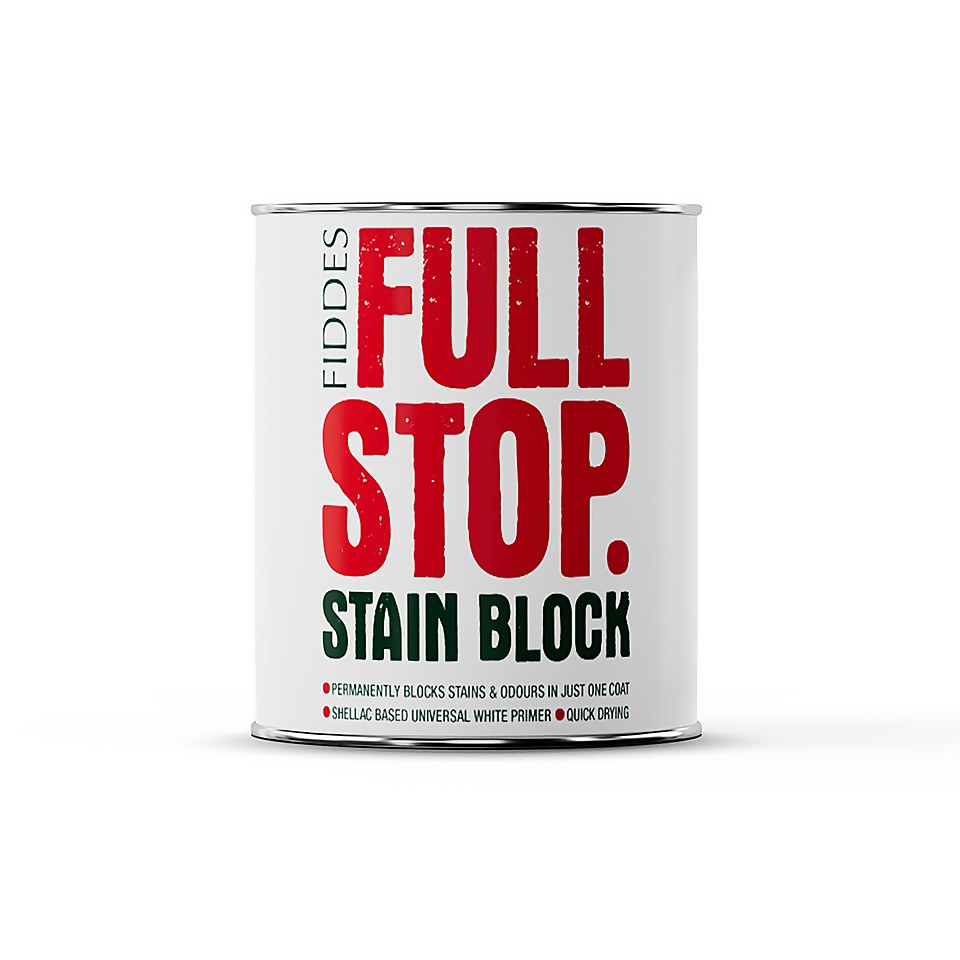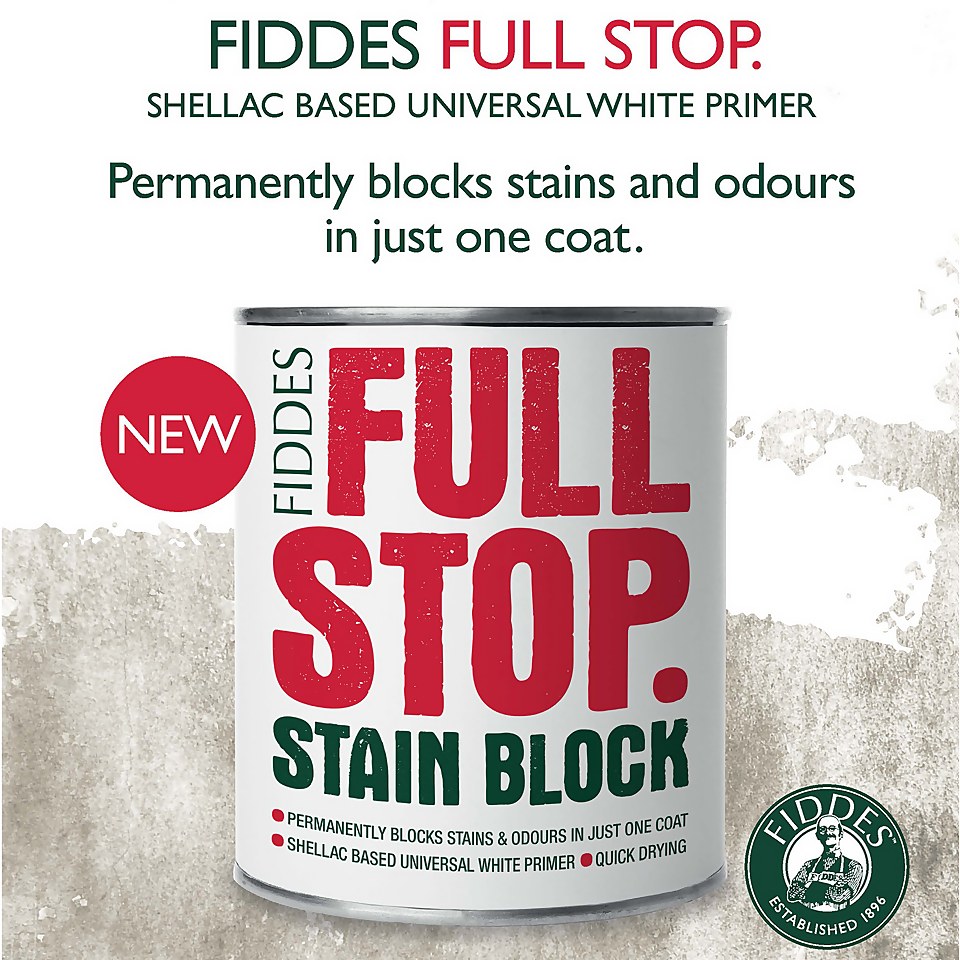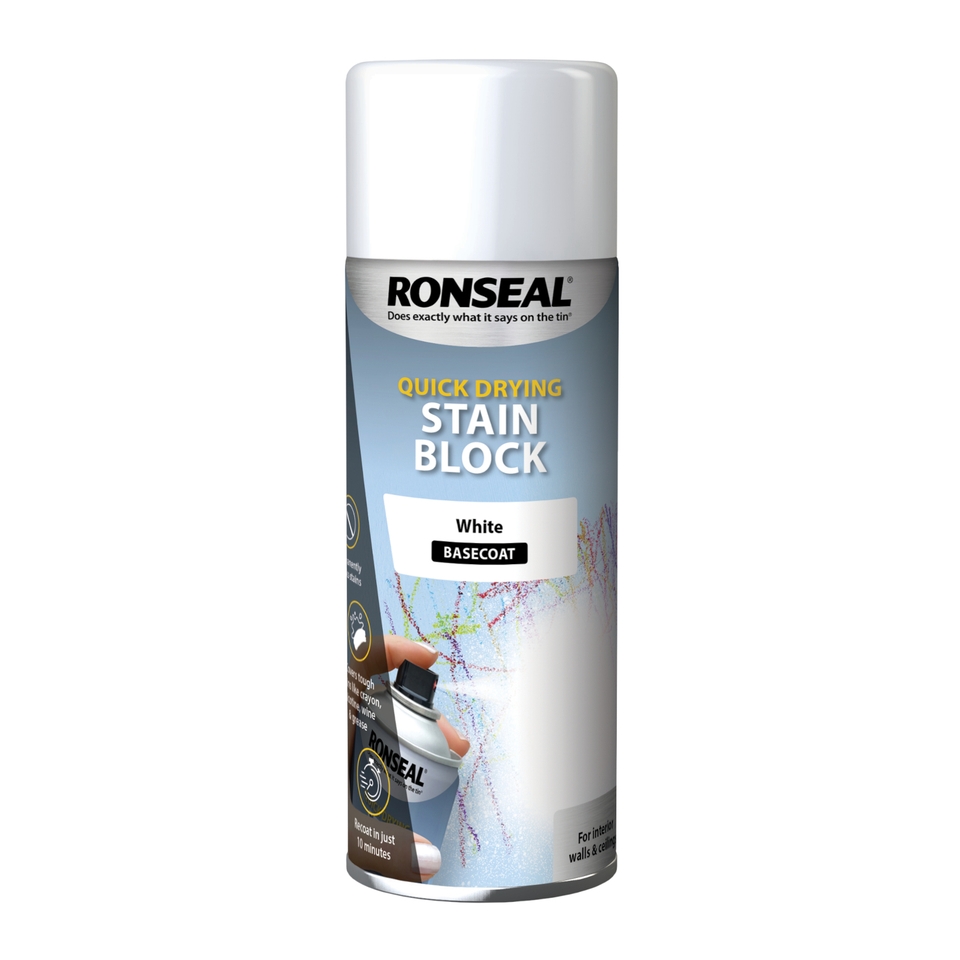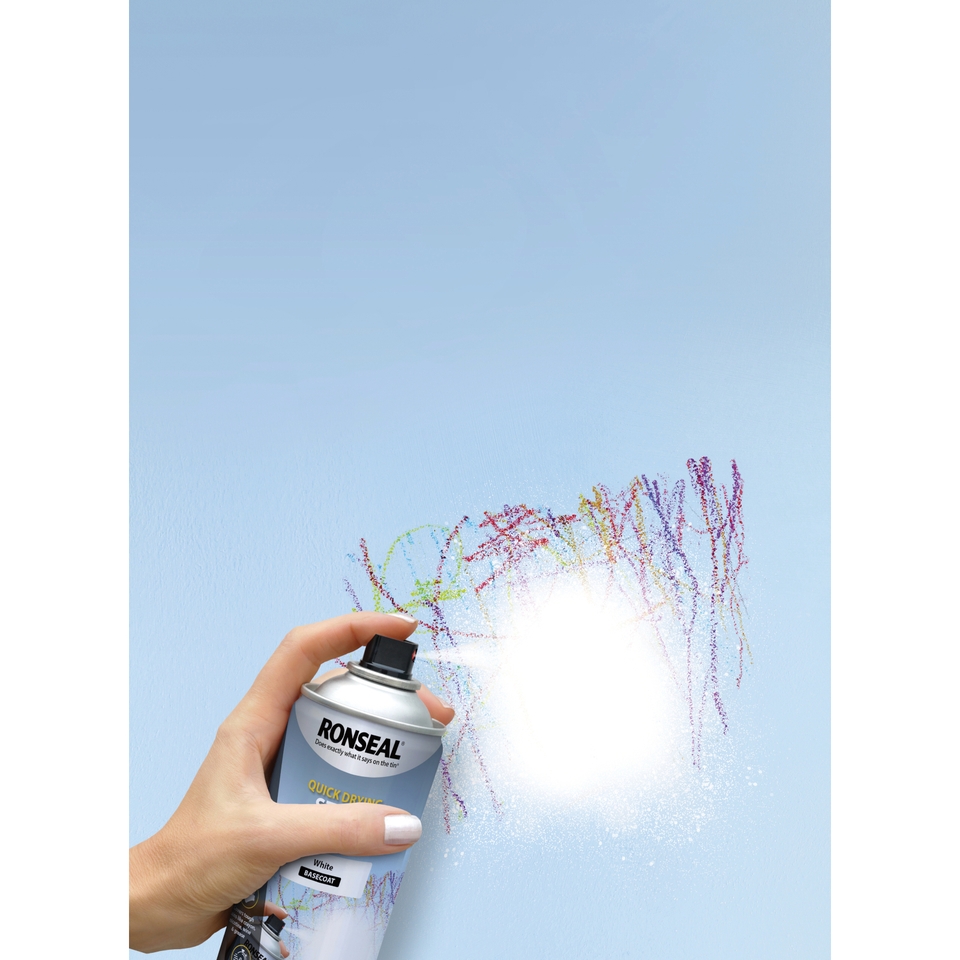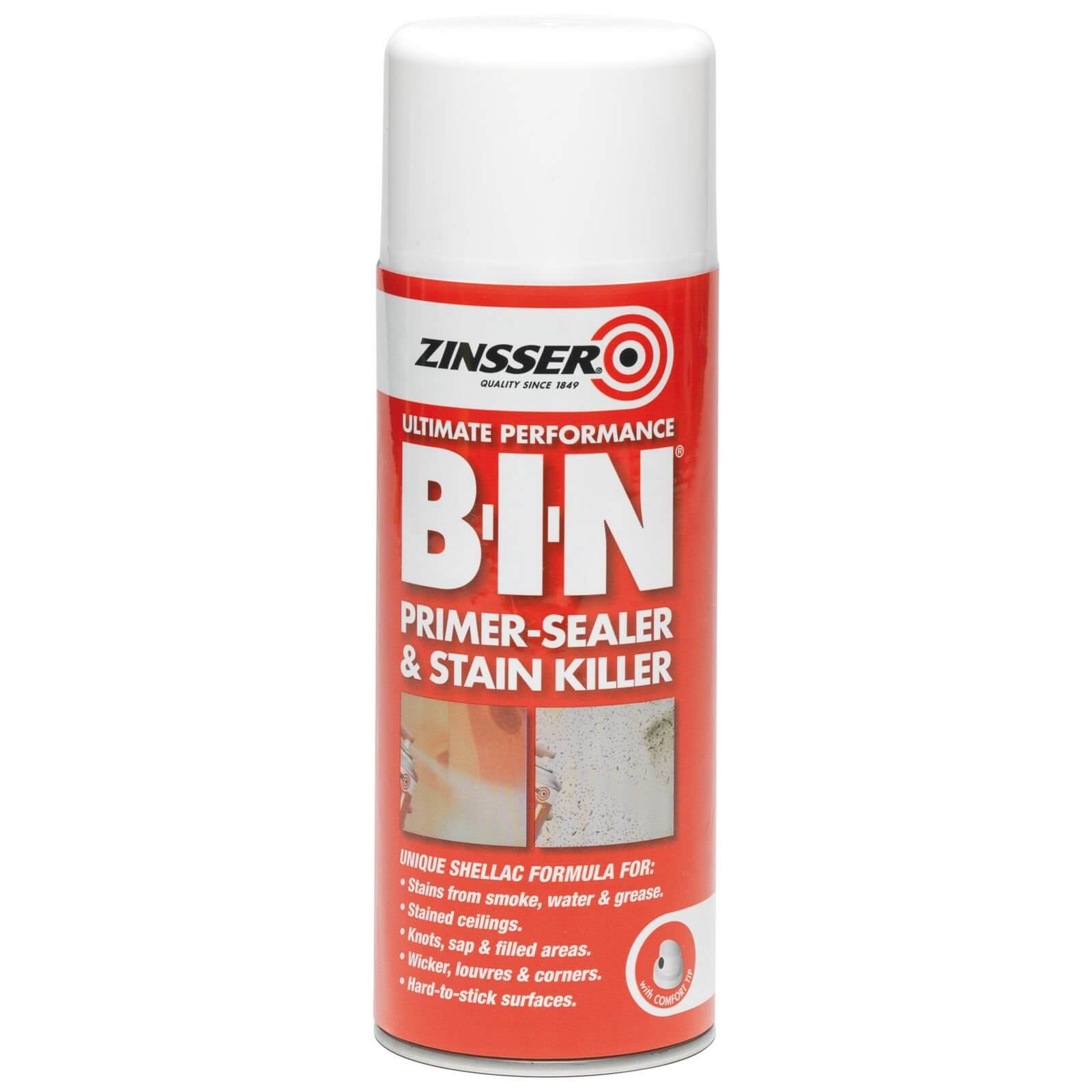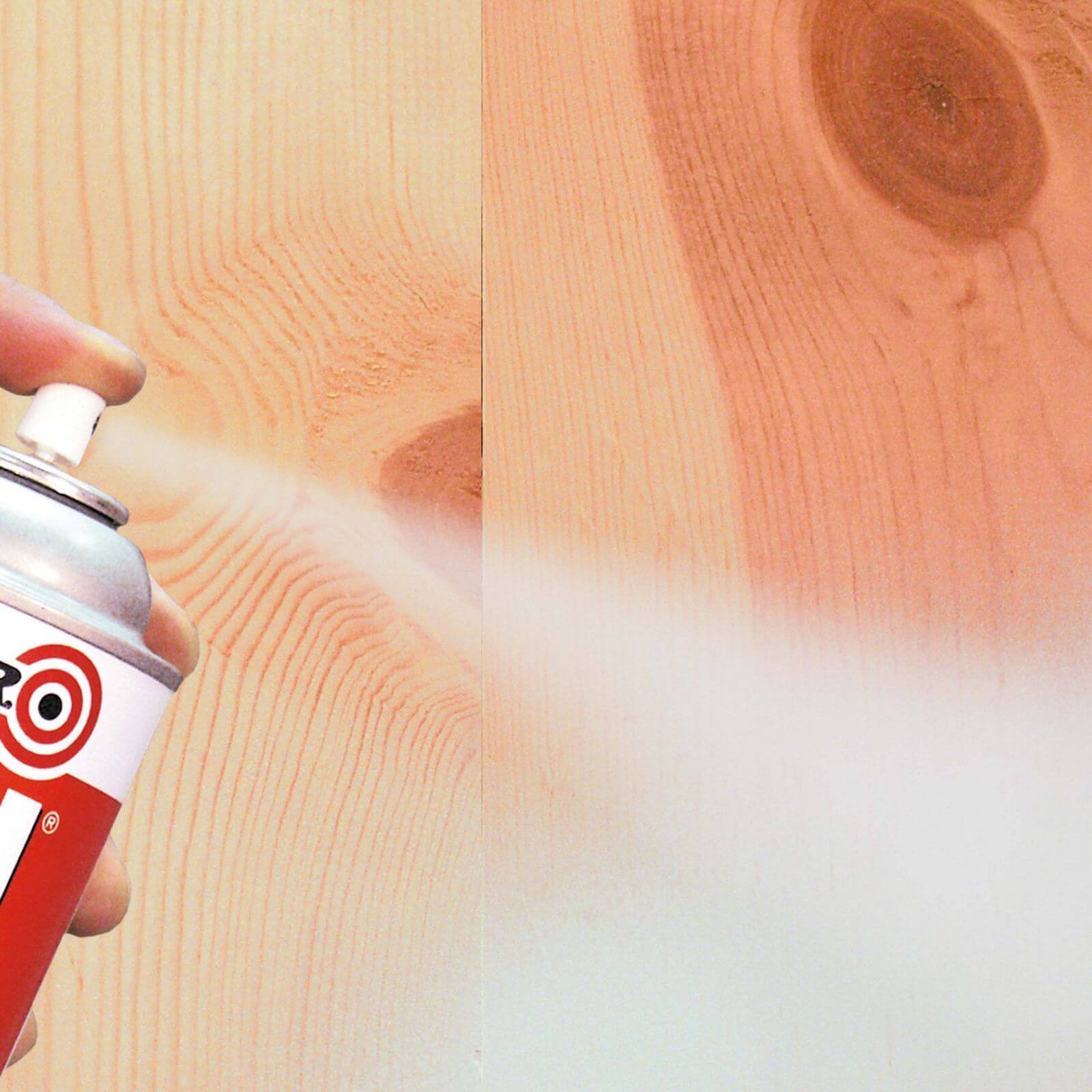Filter
Damp Proof & Anti-Mould Paint
40 Results
Mould and fungus are more common in areas of the home with limited ventilation or that are prone to condensation, like the bathroom. Fortunately, protecting your bathroom with mould-resistant paint can help keep mould away from your walls. Using damp-proof or anti-mould paint can be a cost-effective investment in the long term. These specialised paints create a protective barrier on your walls, preventing costly repairs or mould removal in the future. Browse our range of anti-mould paint and damp seal from leading brands like Ronseal, Zinsser and Polycell today.
When applying anti-mould or condensation paint, we recommend using tools that you can keep separate from your usual brushes and rollers. If you need help working out how much paint coverage you’ll get with anti-mould paint, try our handy calculator tool.
Products
Frequently Asked Questions
How do you treat mould on the walls before painting?
Not only can mould and fungus continue to grow, but prolonged exposure can cause a variety of health issues. That is why is it's important to get rid of mould in your home as soon as possible. Before painting, you can eliminate mould from walls using mould remover and cleaning tools.
Areas in the home that are prone to damp, such as the bathroom, are more likely to get mouldy. We recommend using mould resistant paint when redecorating these rooms to reduce the chance of mould growing on walls and ceilings again.
Learn how to stop mould with anti-mould paint.
Can you paint over mould?
It is possible to paint over mould on walls or ceilings without treating it first. However, this will not remove mould from walls or ceilings and any issues that are likely to continue.
It is a good idea to remove mould before you begin painting and it is best to use mould-proof paint to prevent future mould and fungus growth.
Can you paint or wallpaper over anti-mould paint?
Anti-mould paint is designed to stop mould and moisture and to ensure paint remains as water and mould resistant as possible. We don't recommend adding standard paint or wallpaper on top.
How does anti-mould paint work?
Anti-mould paint or damp proofing paint works by creating a surface that mould and fungus struggle to stick to.
Mould is more commonly found in homes and rooms where it is damp and mould-resistant paint prevents the moisture from being absorbed. Many of these specialist paints also have anti-fungal additives designed to keep mould away from walls.
It is best to use mould-resistant paint in rooms where damp and condensation build up, for example in the bathroom or in homes with poor ventilation.
How can I stop damp coming through wallpaper?
Damp can begin seeping through wallpaper once it settles into household walls. Without damp treatment, this can ruin the appearance of the wallpaper and cause issues such as peeling, mould, and stains. To prevent this, be sure to keep your home ventilated. You should also seal your walls with the best damp seal paint from brands such as Polycell or Zinsser. Visit our blog for more information on how to hang wallpaper.
Does damp proof paint work?
Yes, damp resistant paint does an excellent job of waterproofing walls and preventing damp. If you are worried about condensation, using damp seal paint is the best method of prevention. Anti-damp paint also acts as a long-term treatment that can protect your home and decor.
Can you paint over damp proof paint?
Yes, you can paint over damp proof paint without reducing its effectiveness. Wait around four to six hours after applying the damp seal paint before starting the next coat.
How do I treat damp walls before painting?
The first step to damp treatment is using a damp remover spray on other infected areas. Next, apply plaster or filler to any cracks in the wall. Once this has dried, sand down the area to make it level with the rest of the wall and wipe away any residue using a sponge. Once your walls are dry, apply damp-proof paint. Anti-damp paint works as a long-term solution, though buildings with serious moisture problems may require additional coats. Once the final coat is dry, you can paint your walls. In properties prone to damp, you may want to consider using anti-mould paint. Find out more about how to remove mould from the home by visiting our blog.Does anti-condensation paint work?
Anti-condensation paint does work. However, it will not work long-term in a property that is already suffering from major damp. In this case, you must treat the damp first before sealing the walls with condensation paint.
How do I remove mould from walls without damaging paint?
If you want to remove mould from your wall without damaging the paint, it is best to avoid using bleach. It's better to use warm water and a mild detergent, such as washing up liquid. Using this mix and a sponge, the mould should disappear. When removing mould please make sure you use gloves, a mask and open any windows to allow air into the room.
